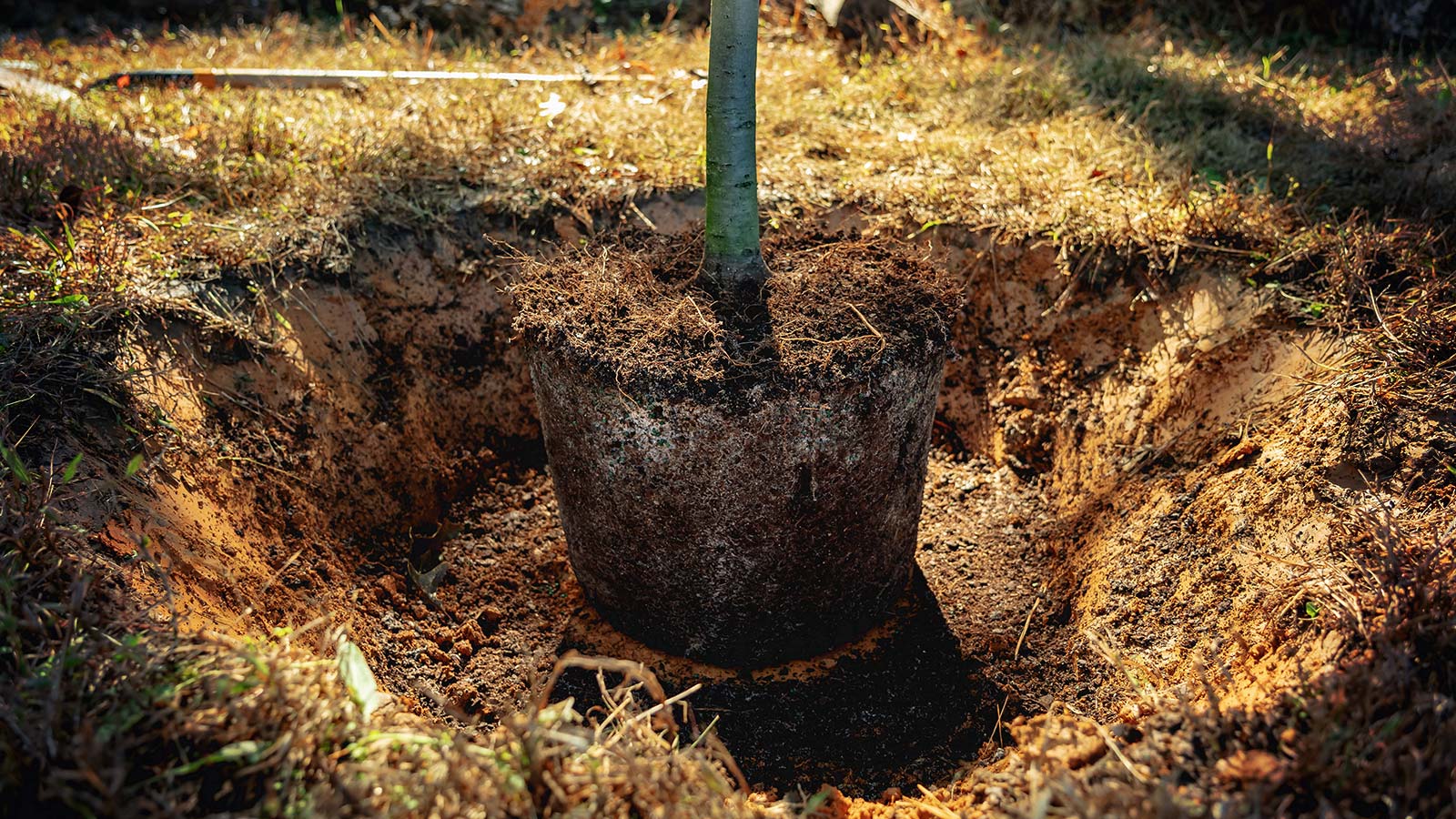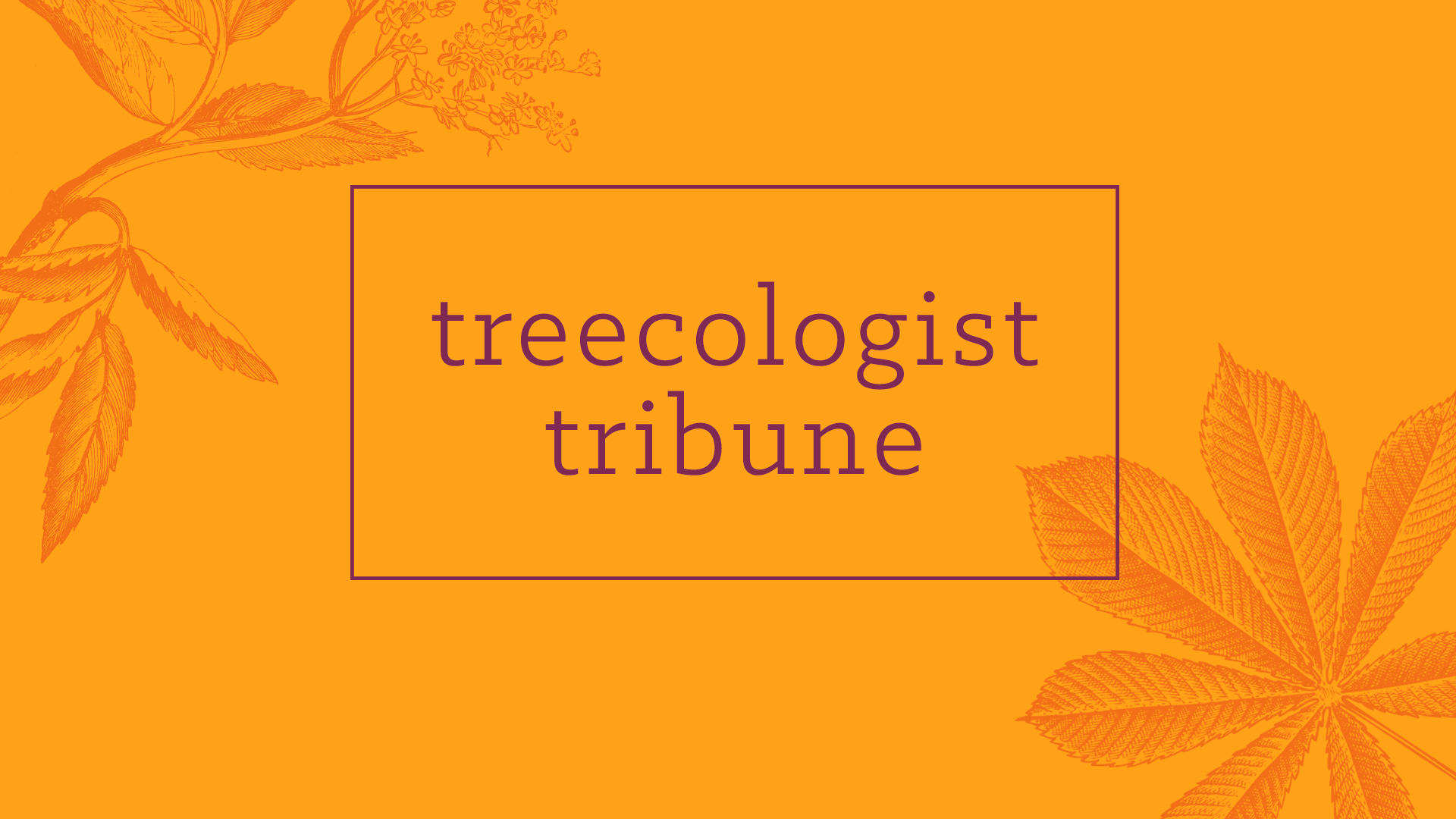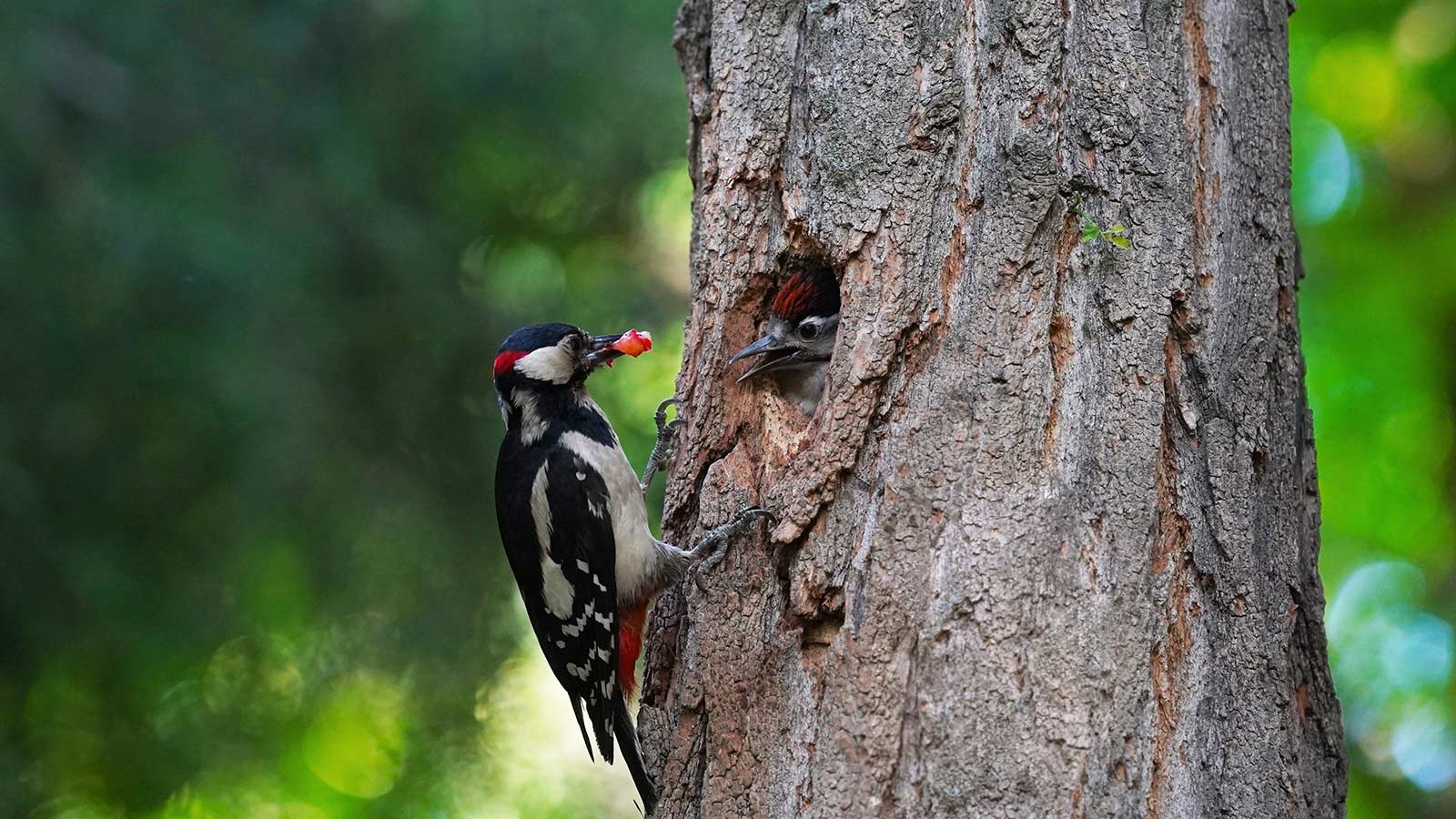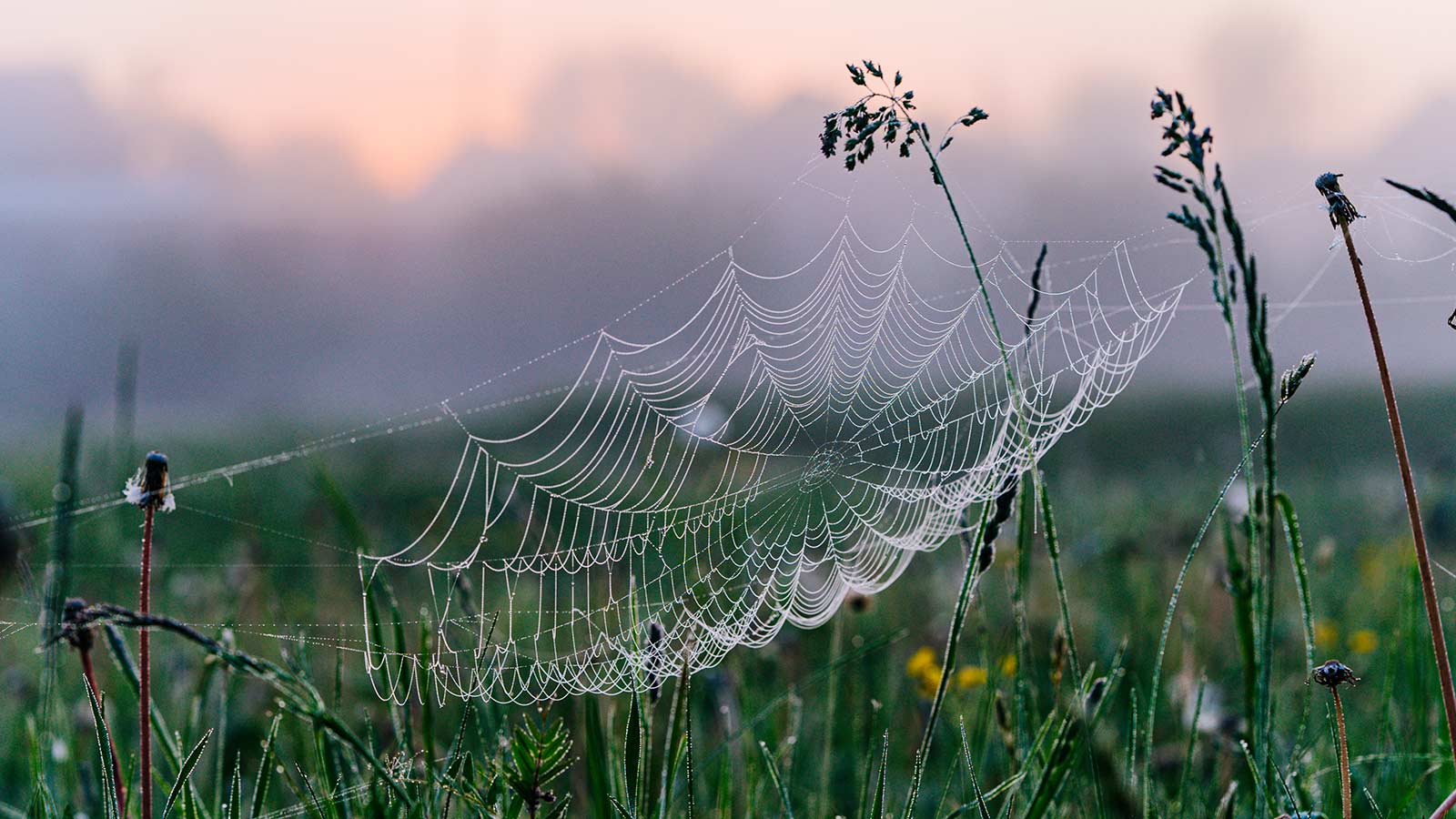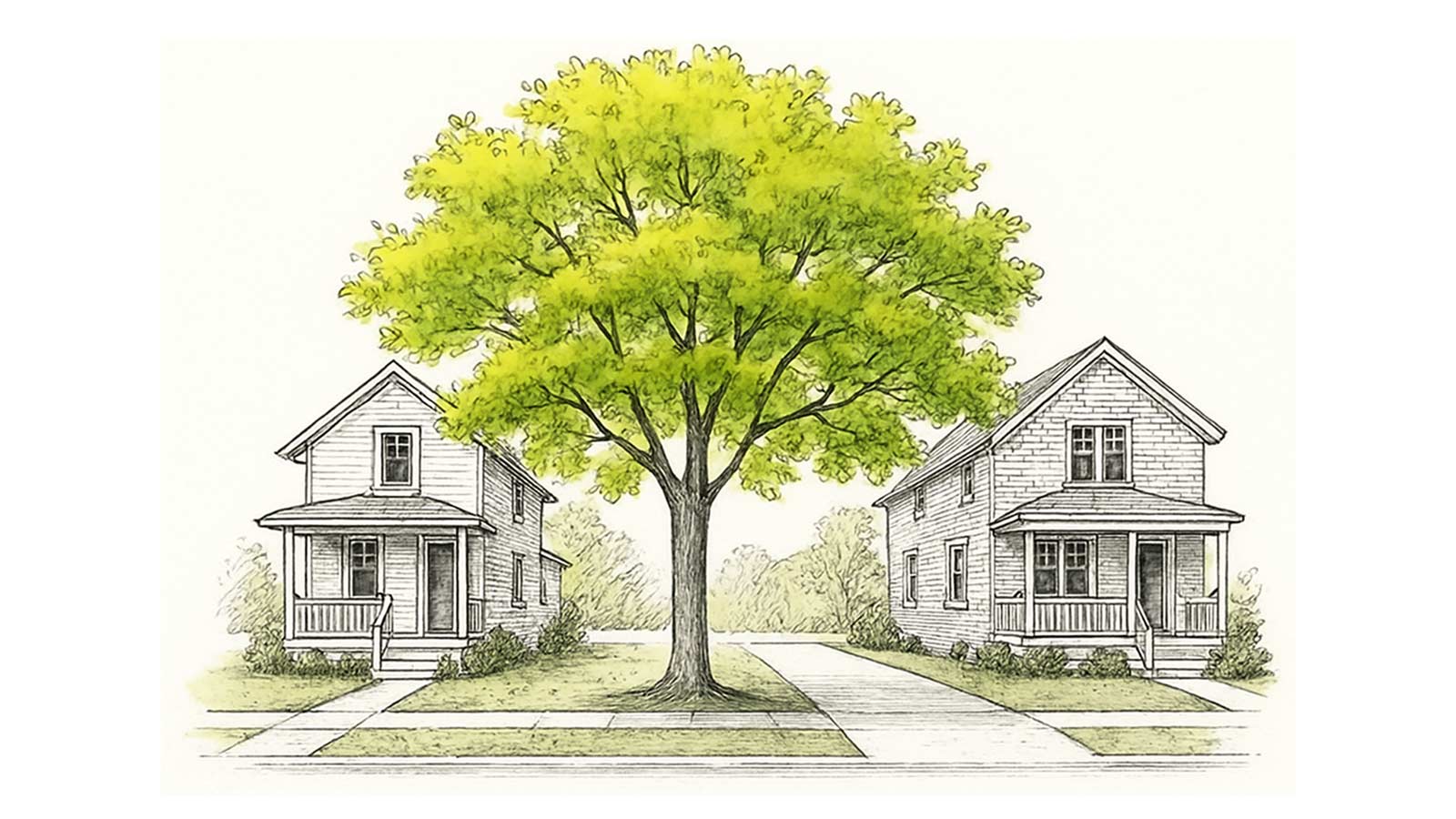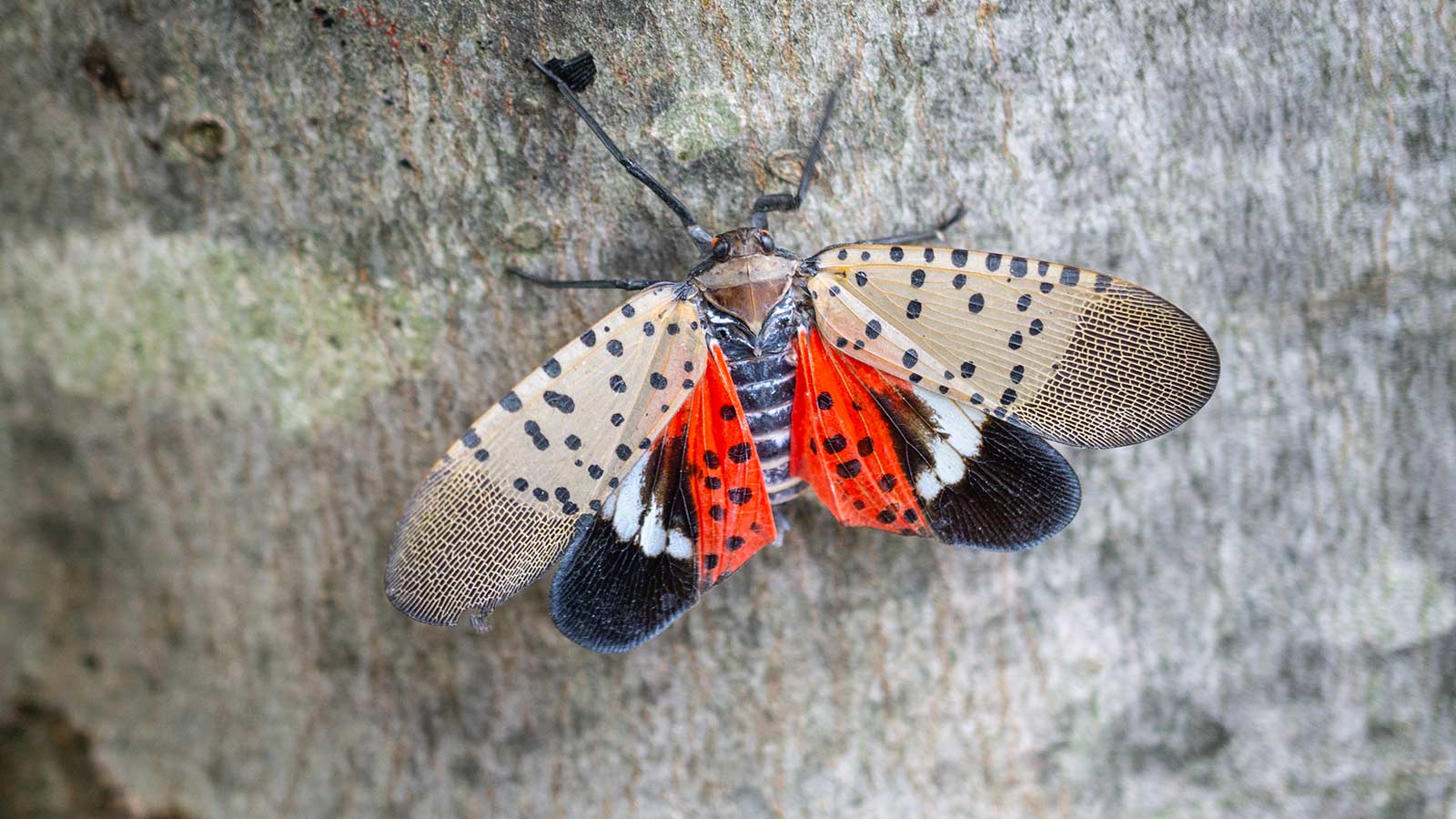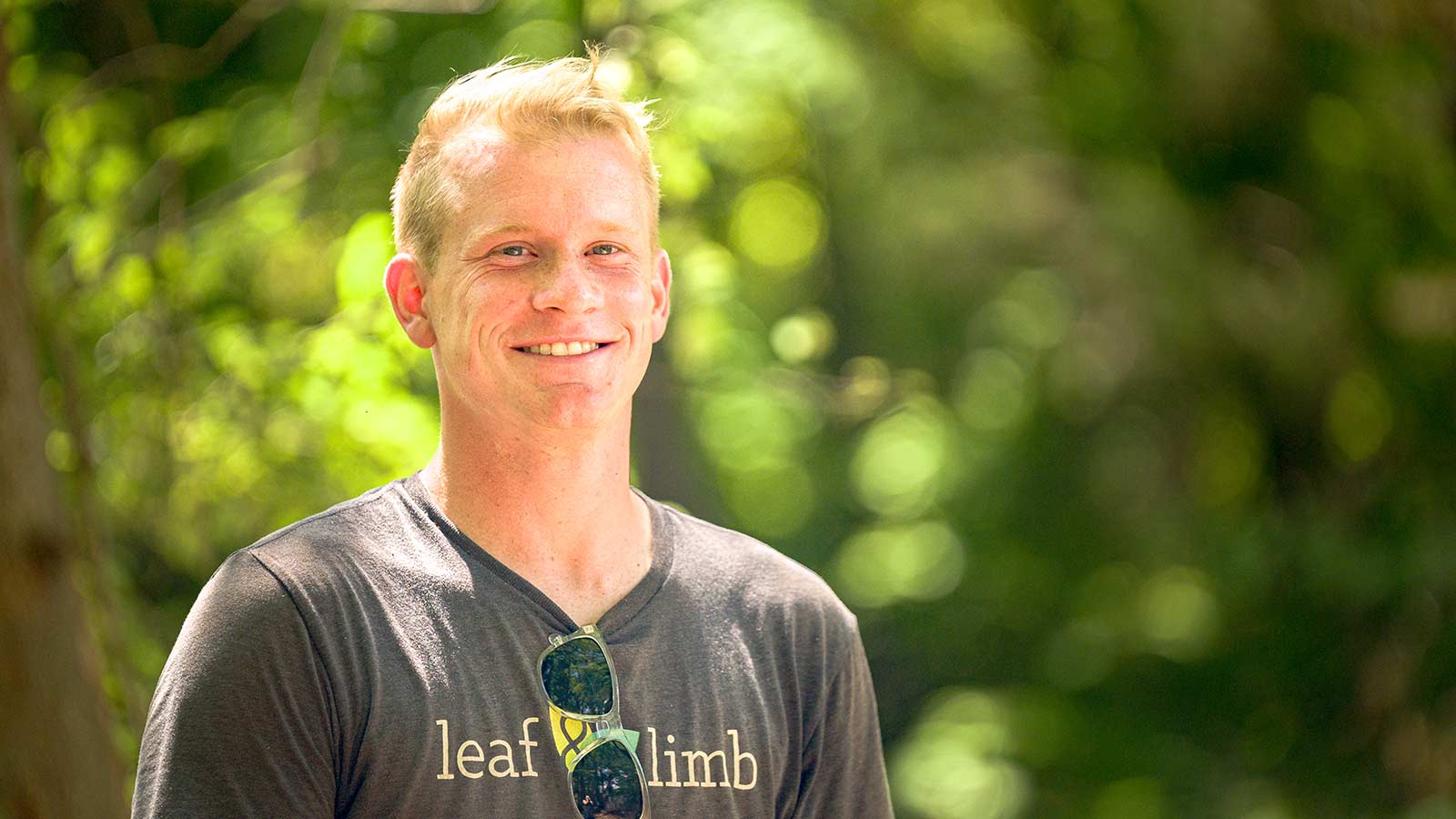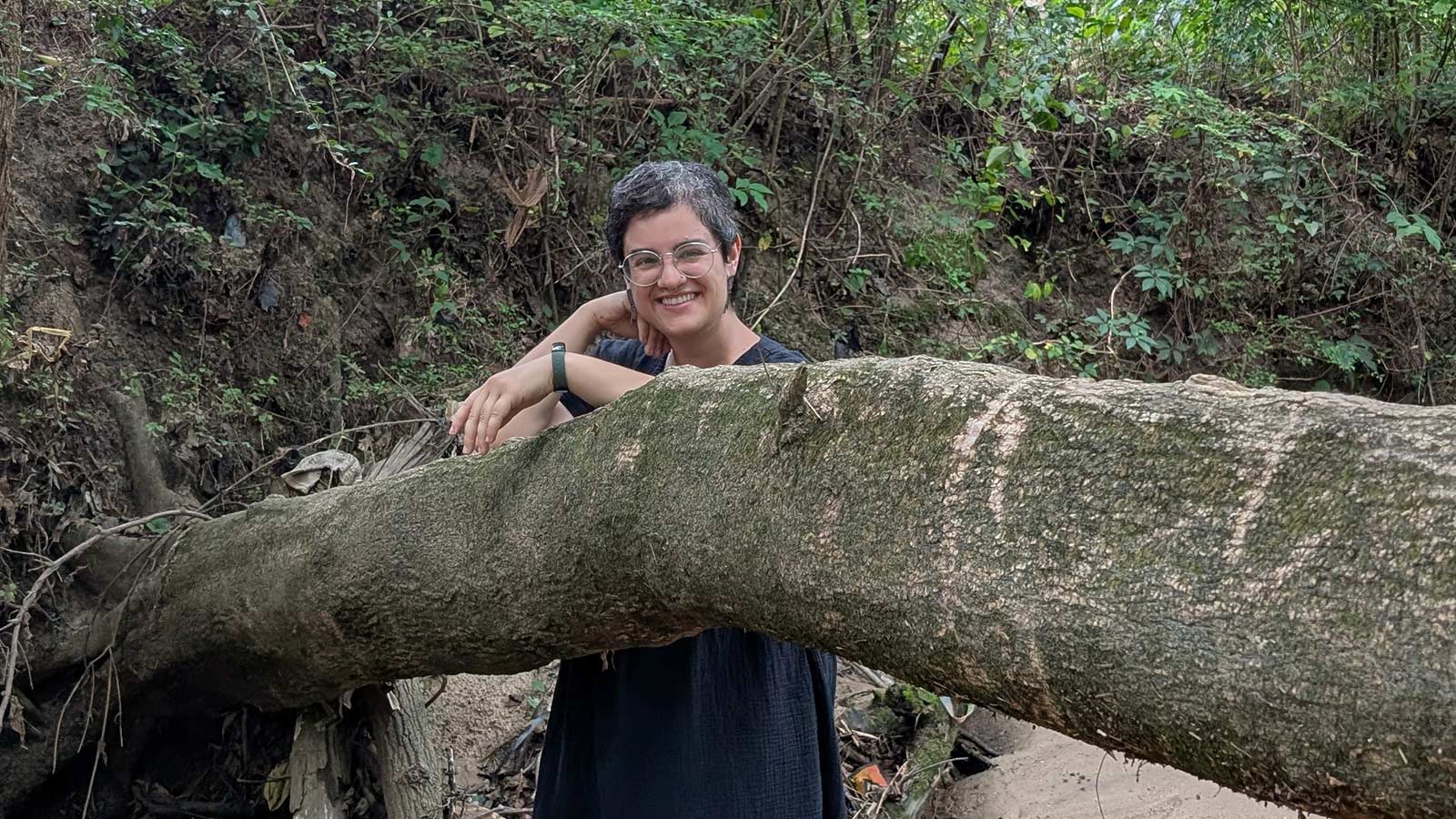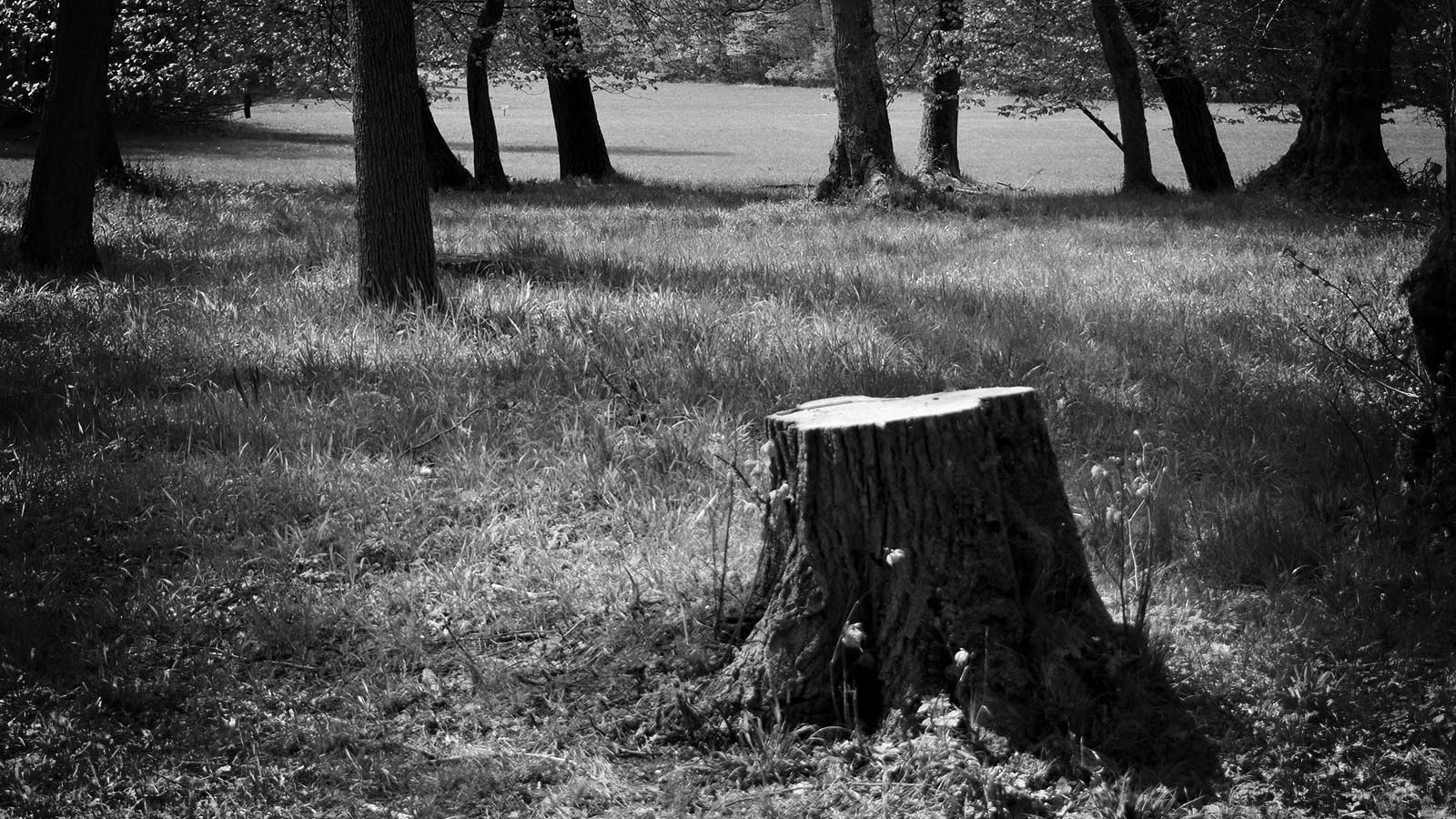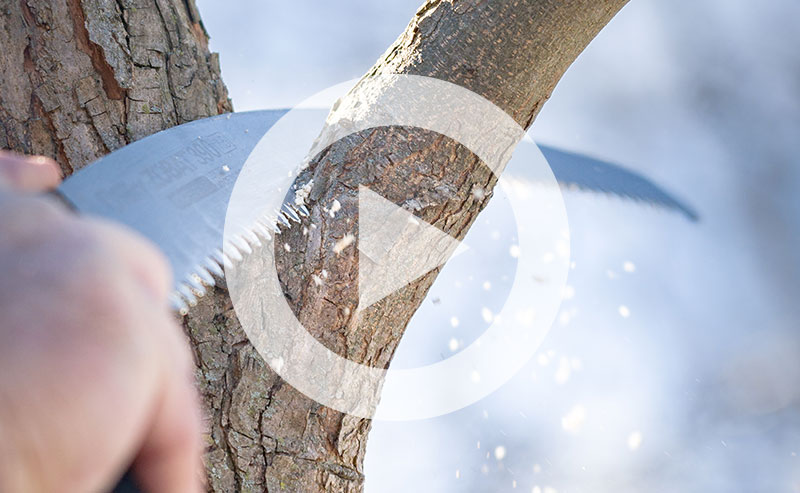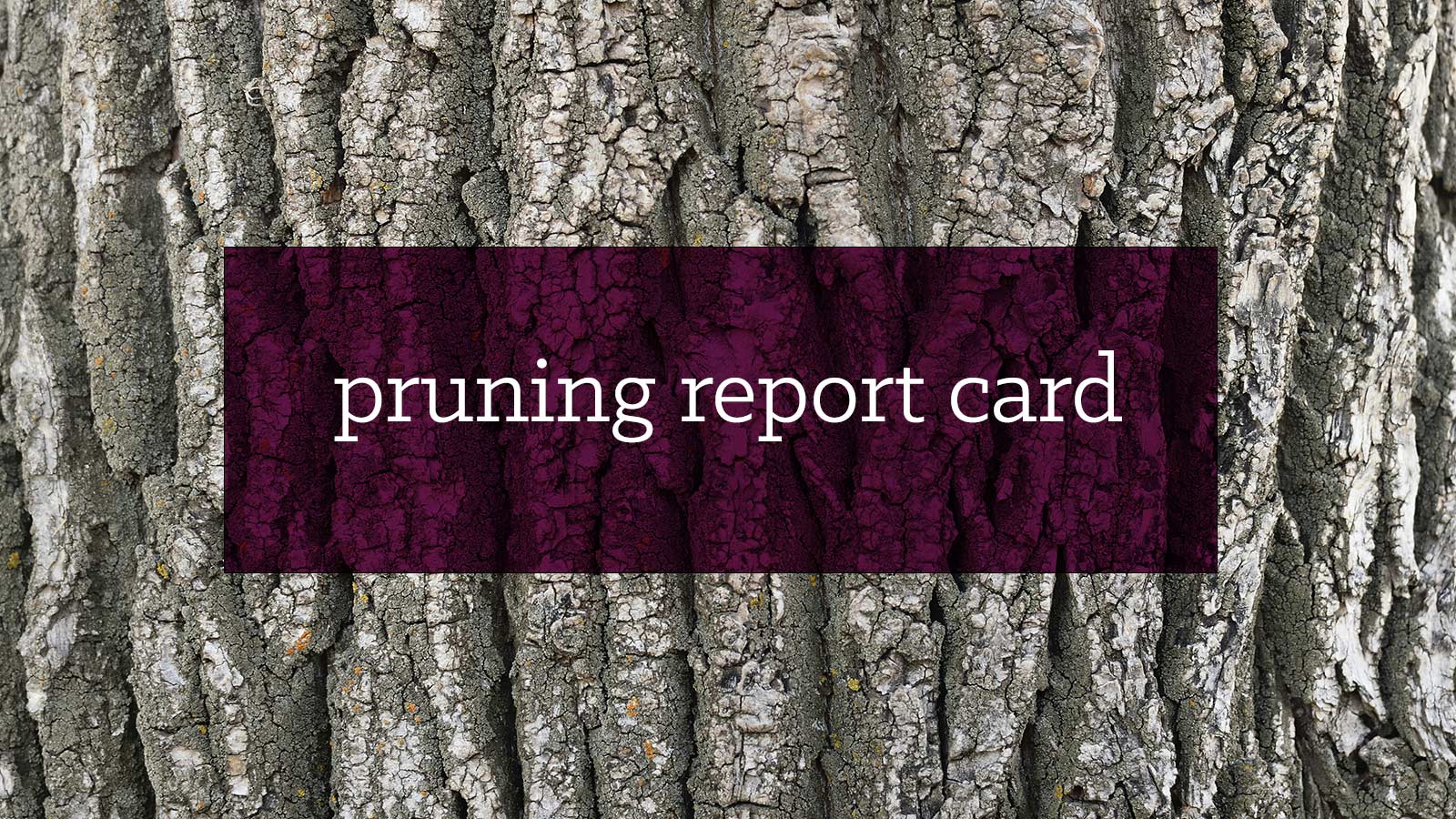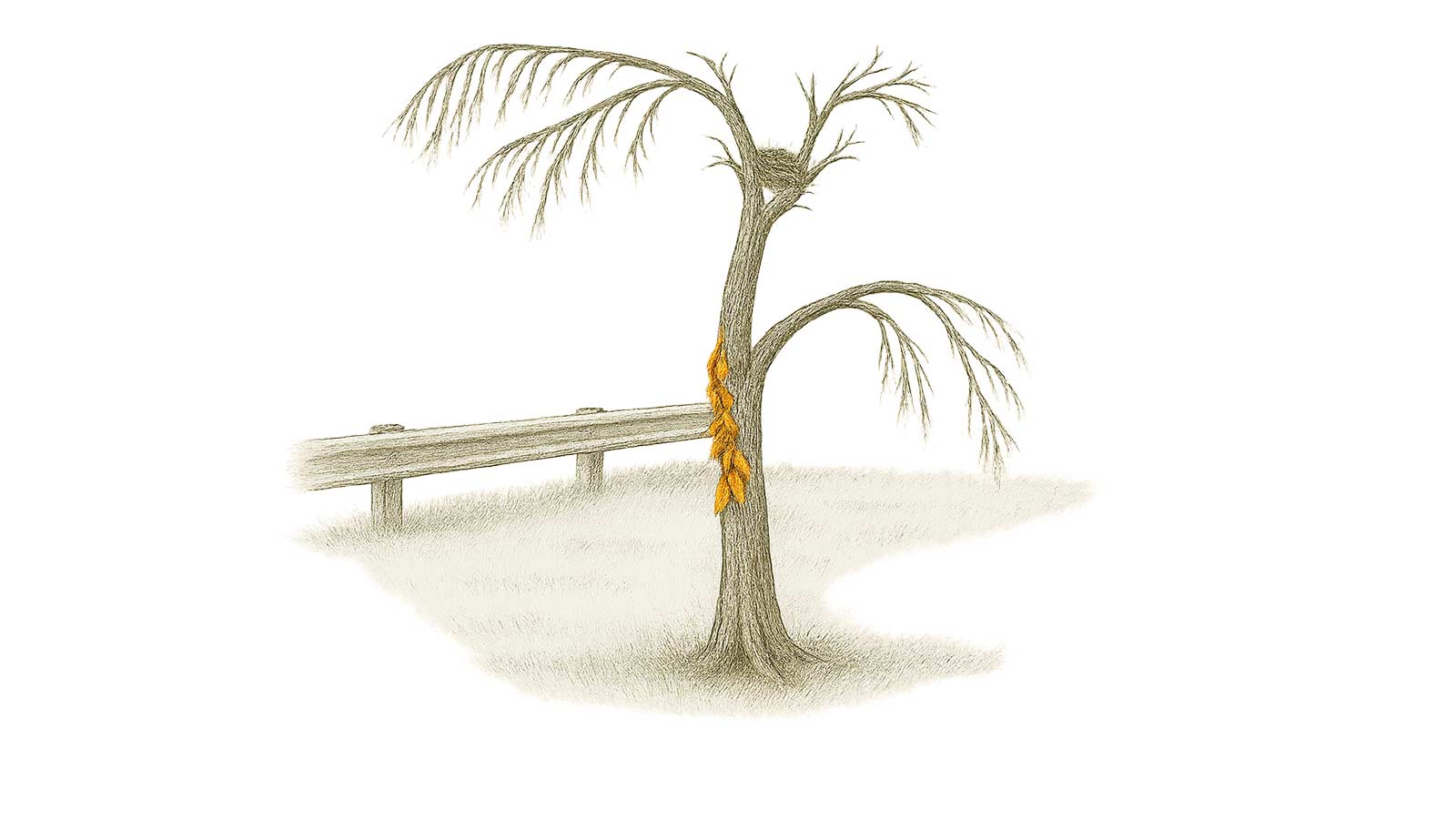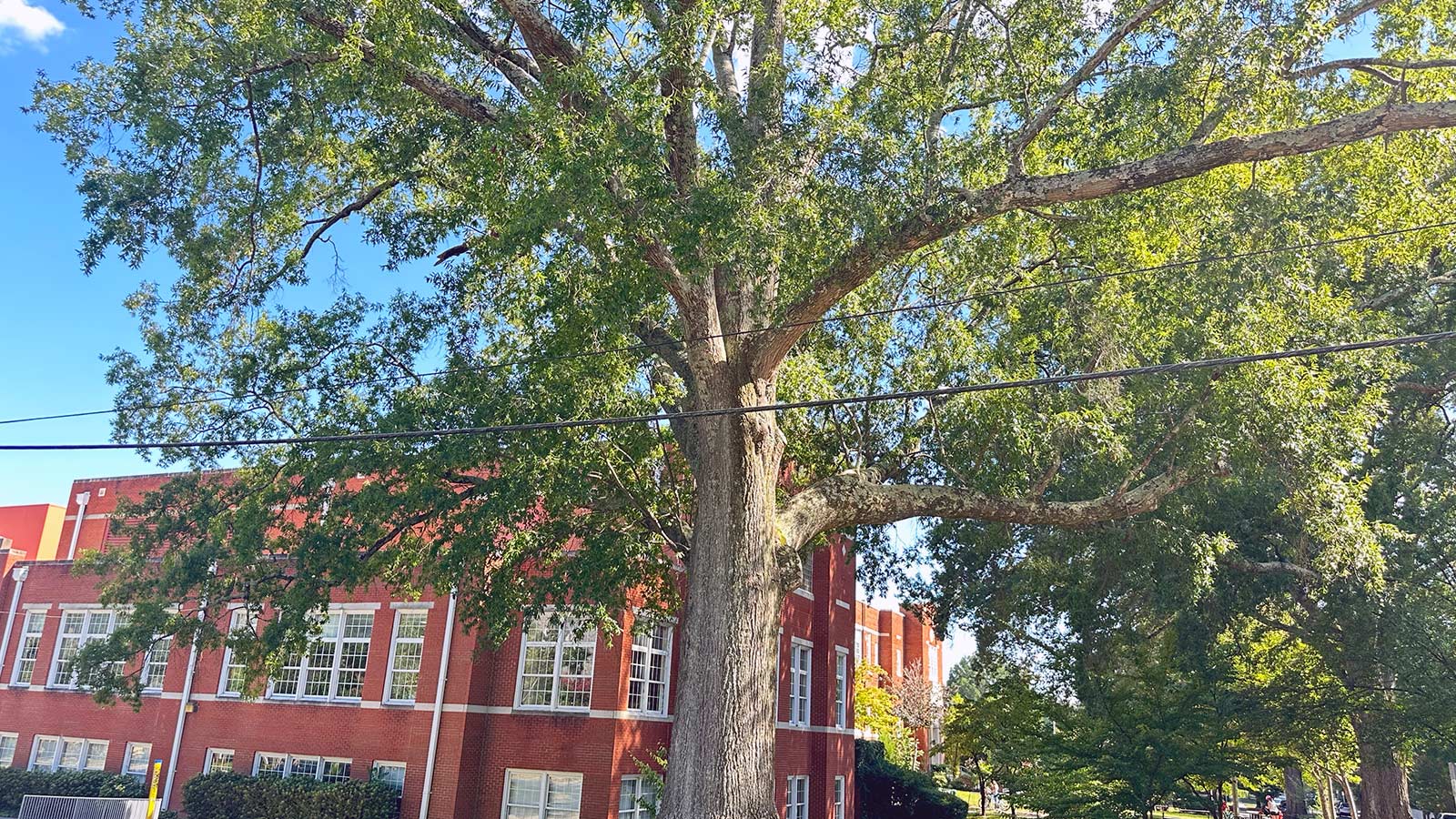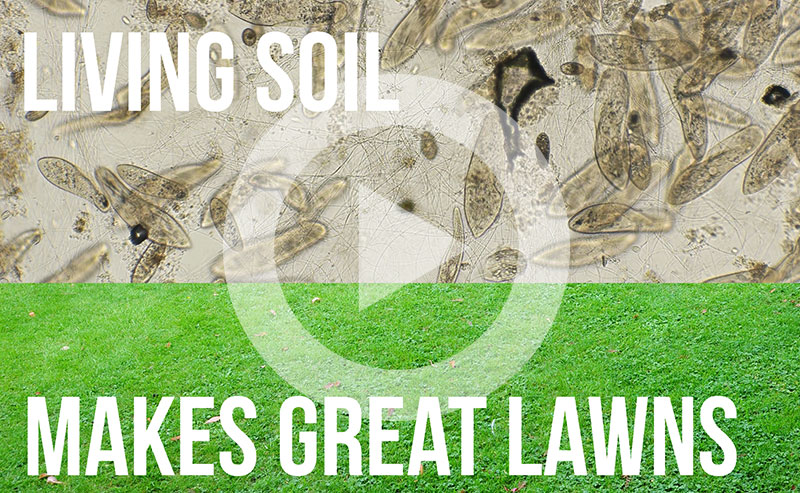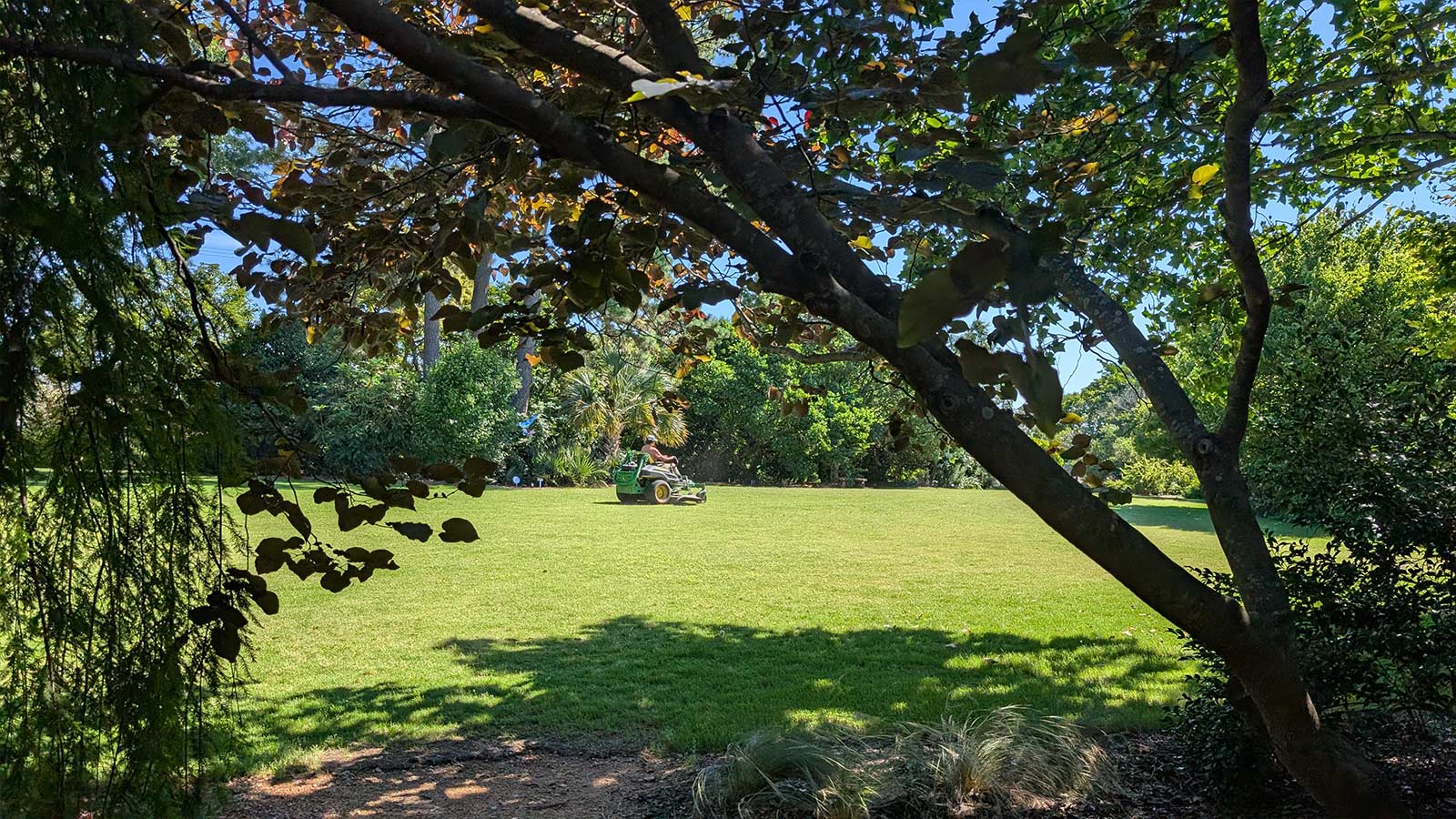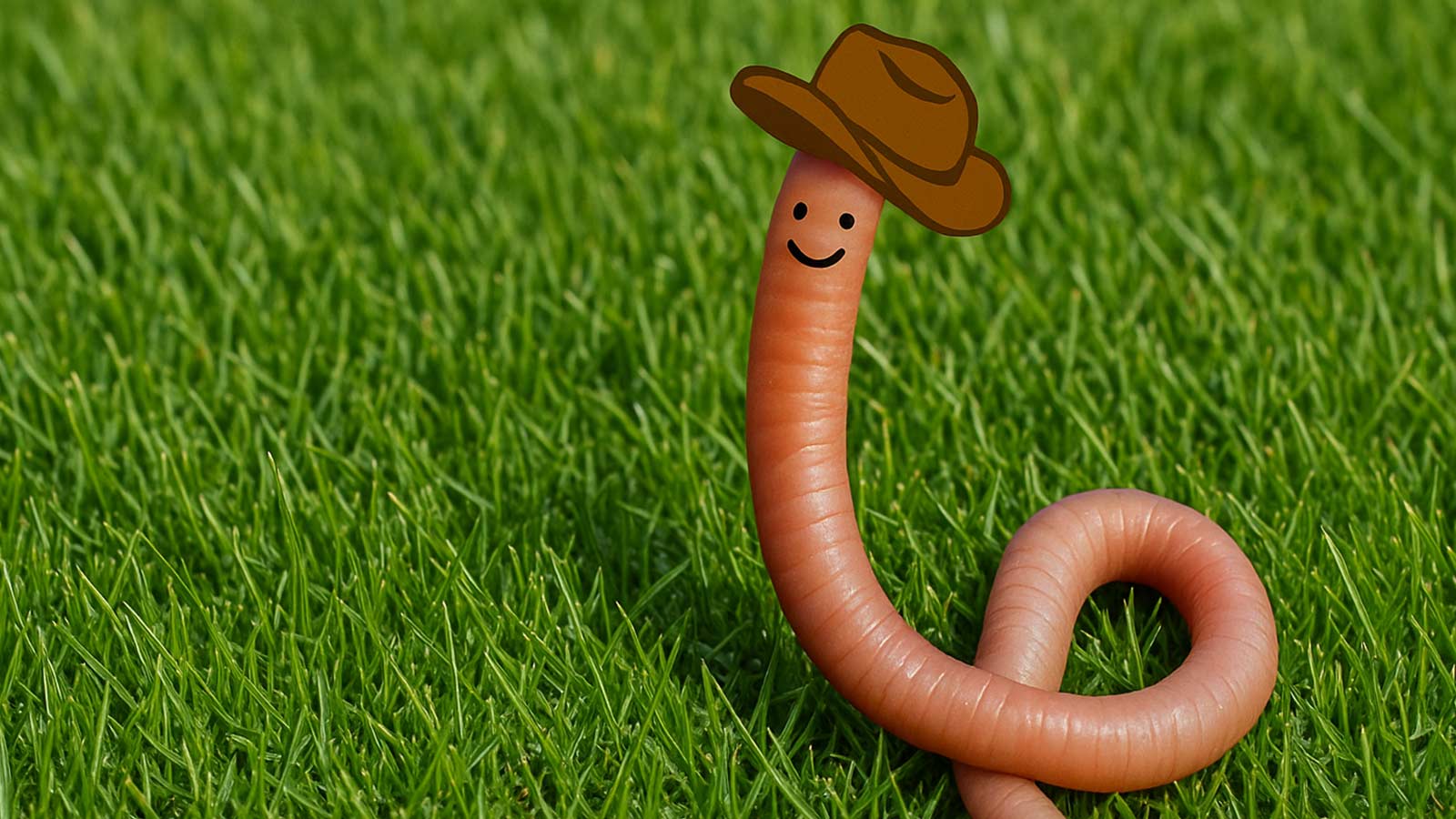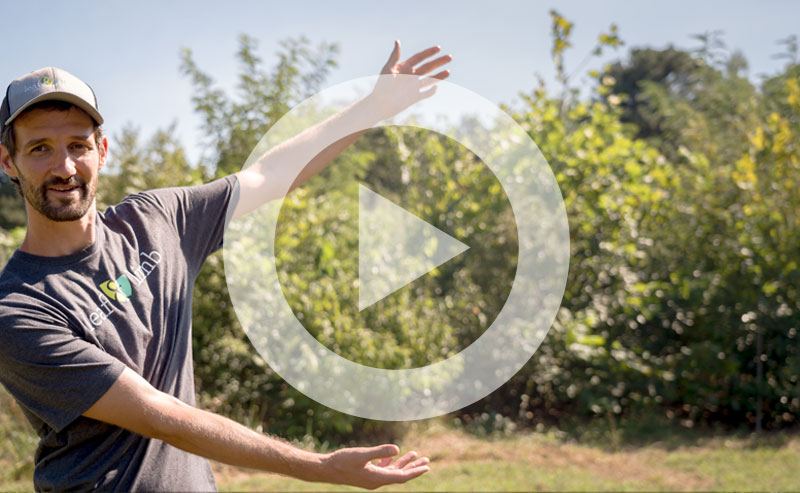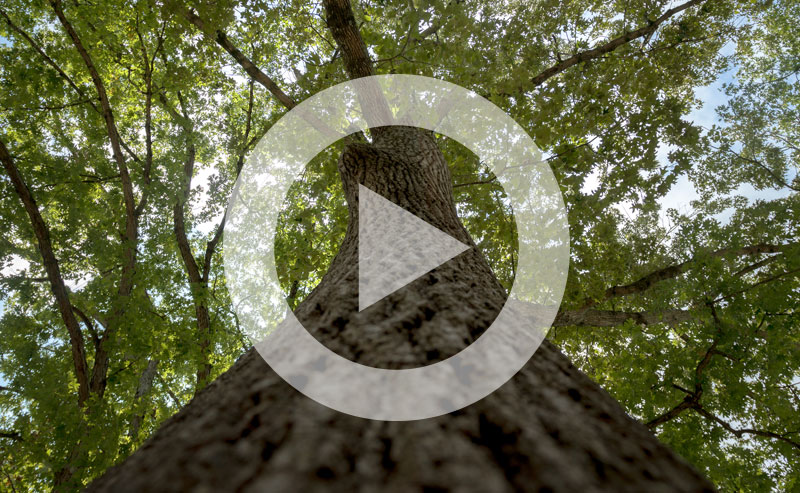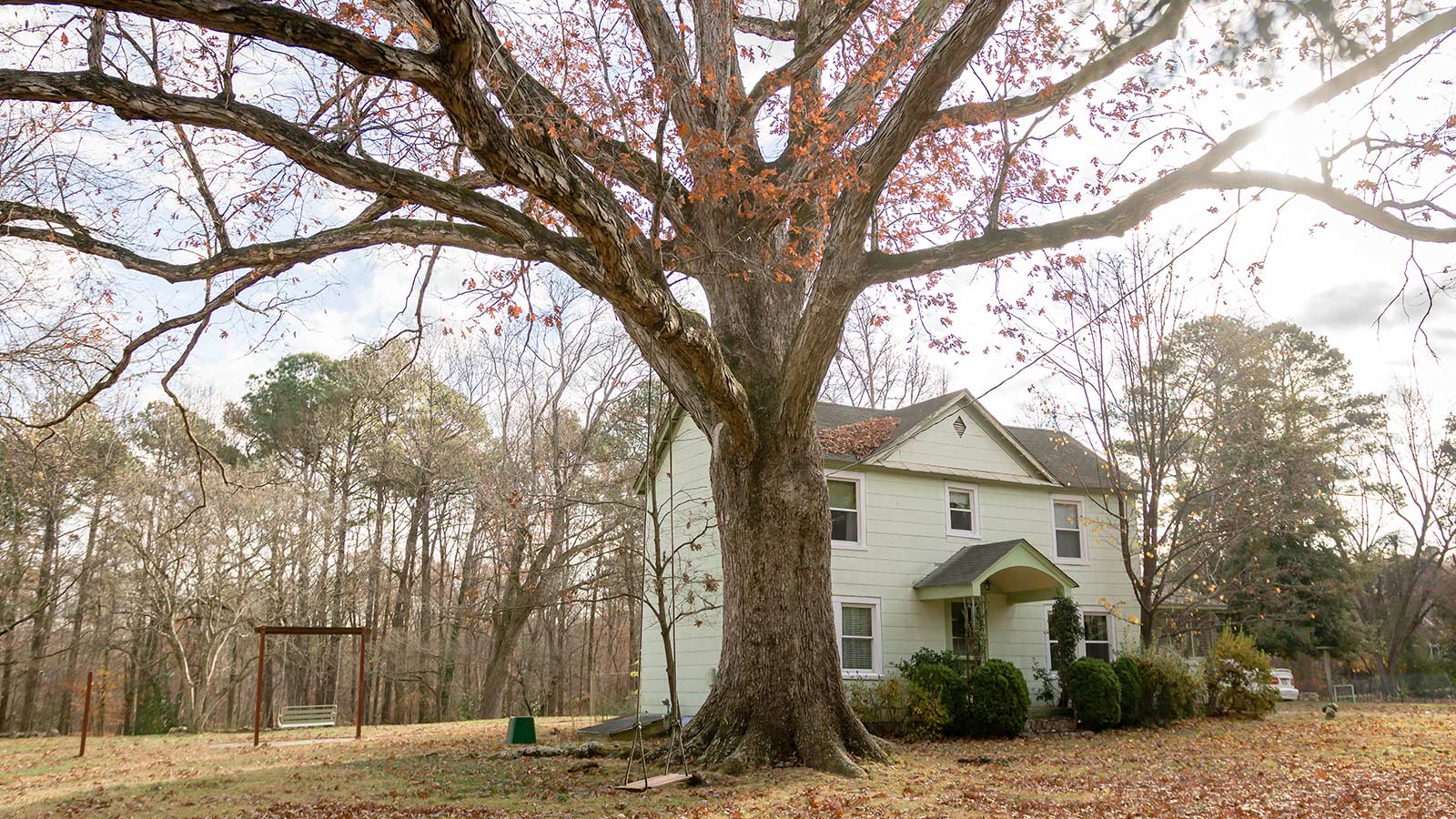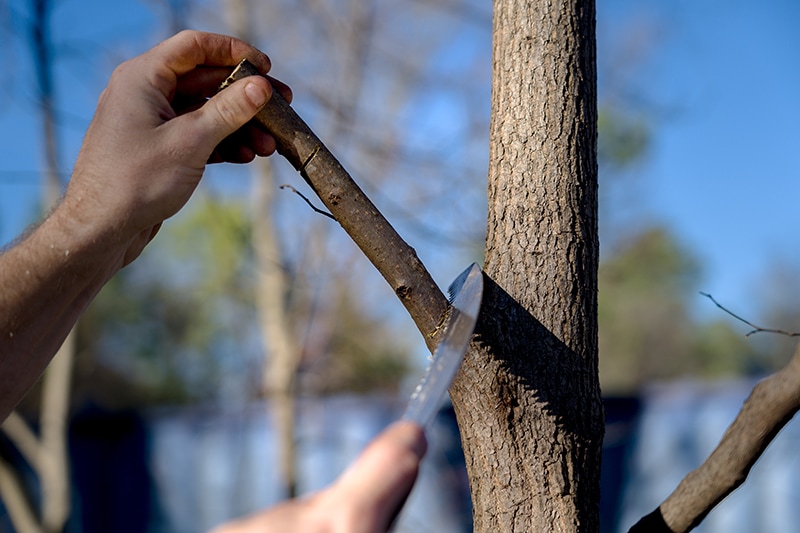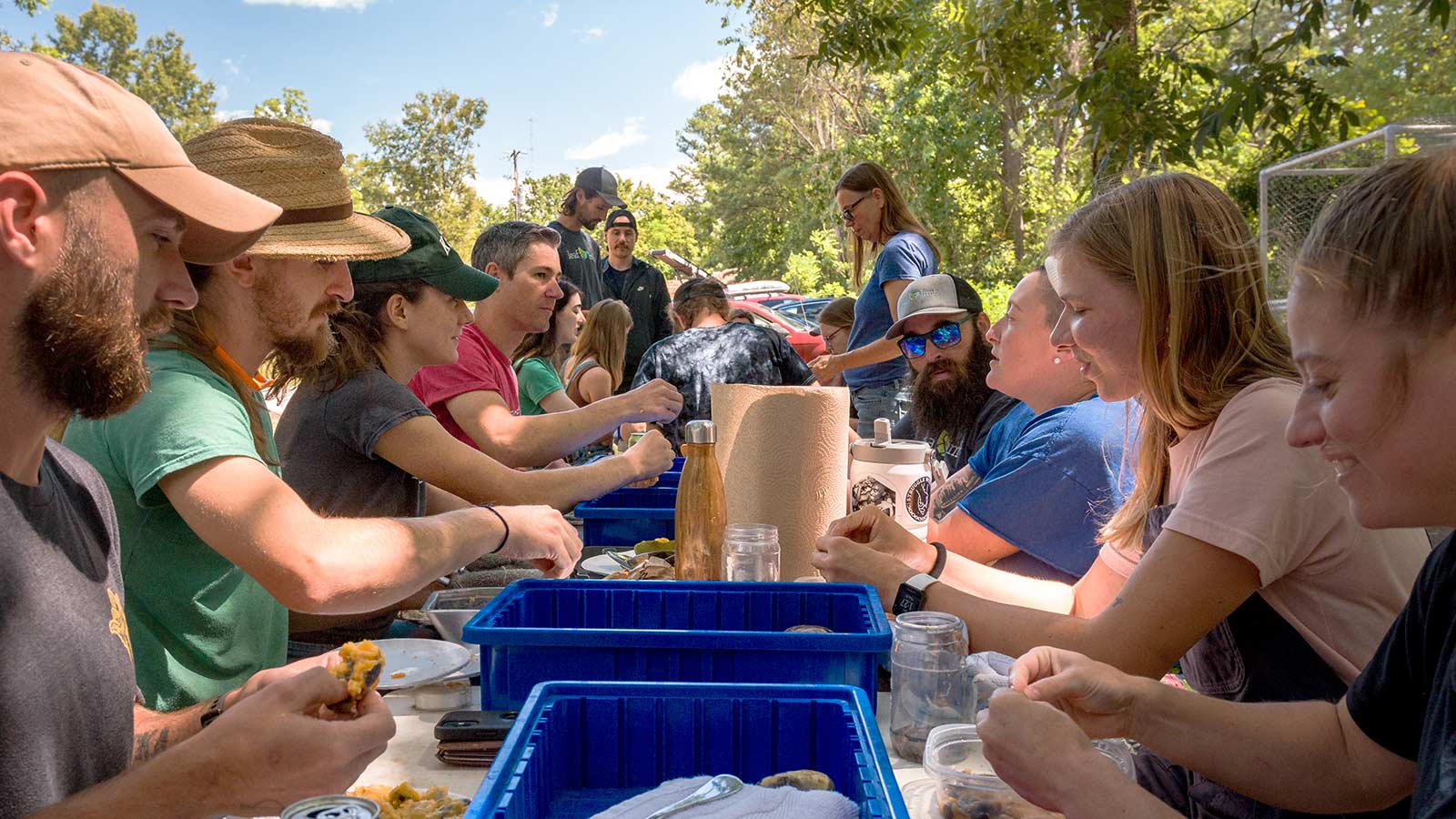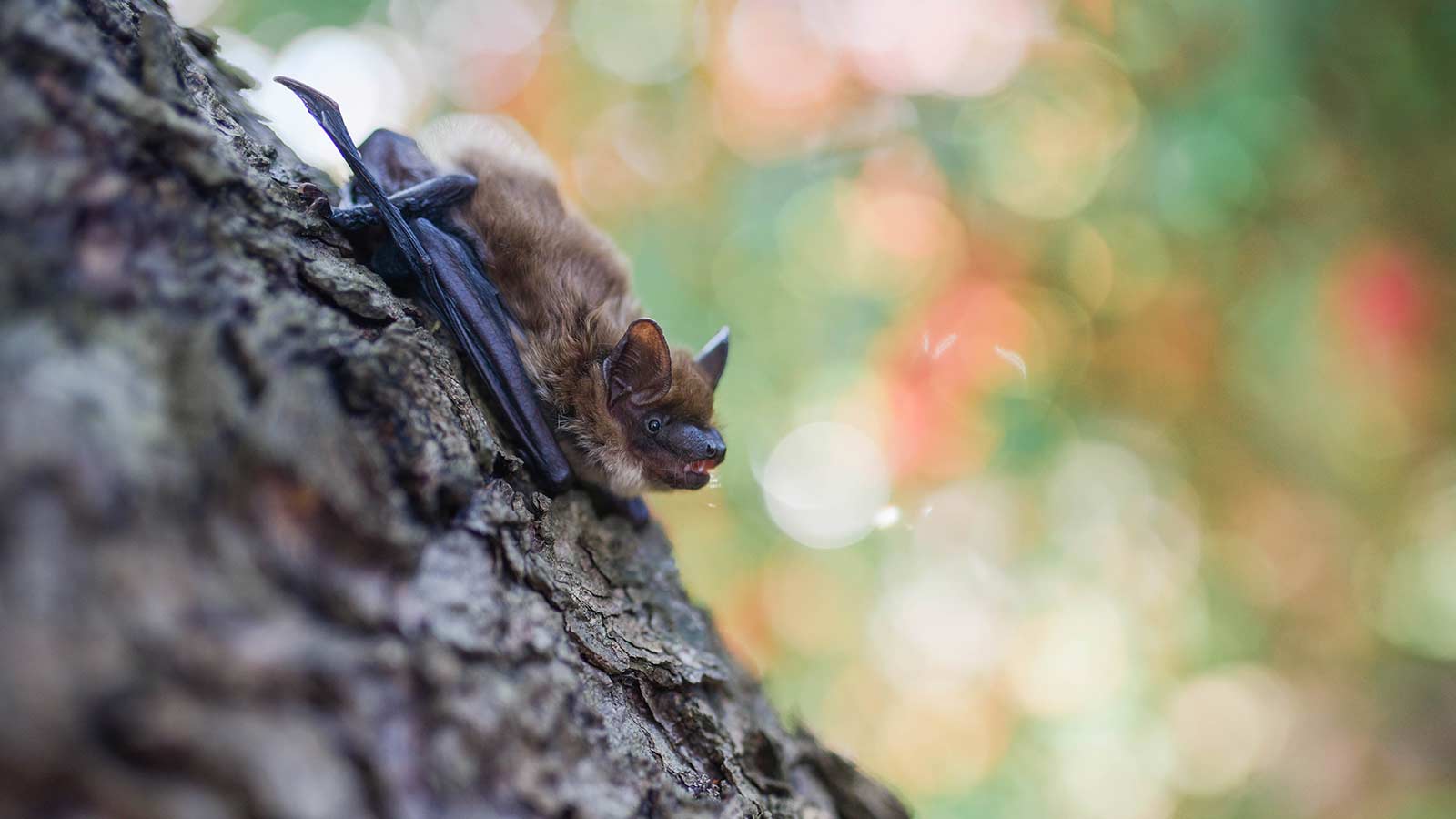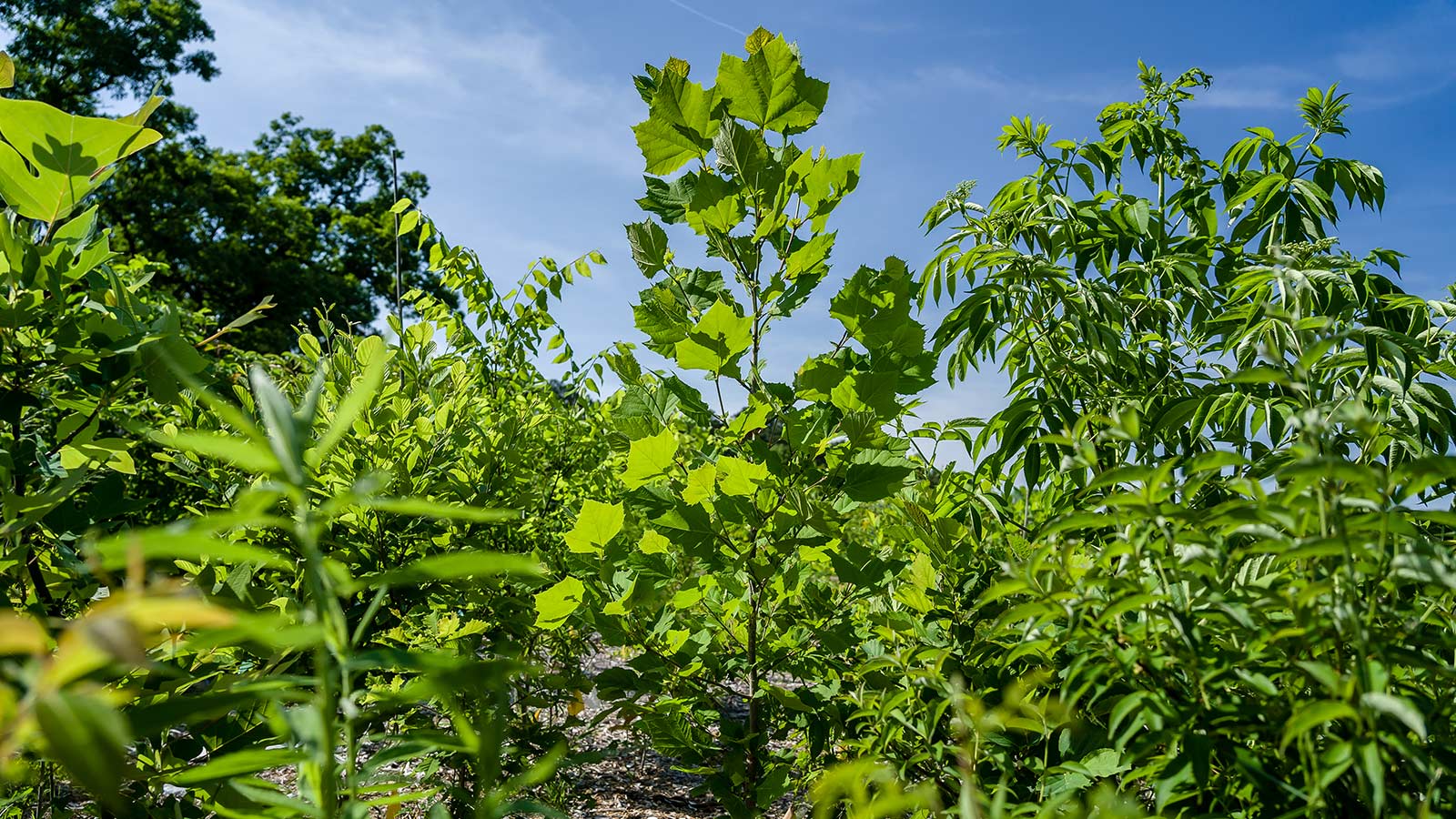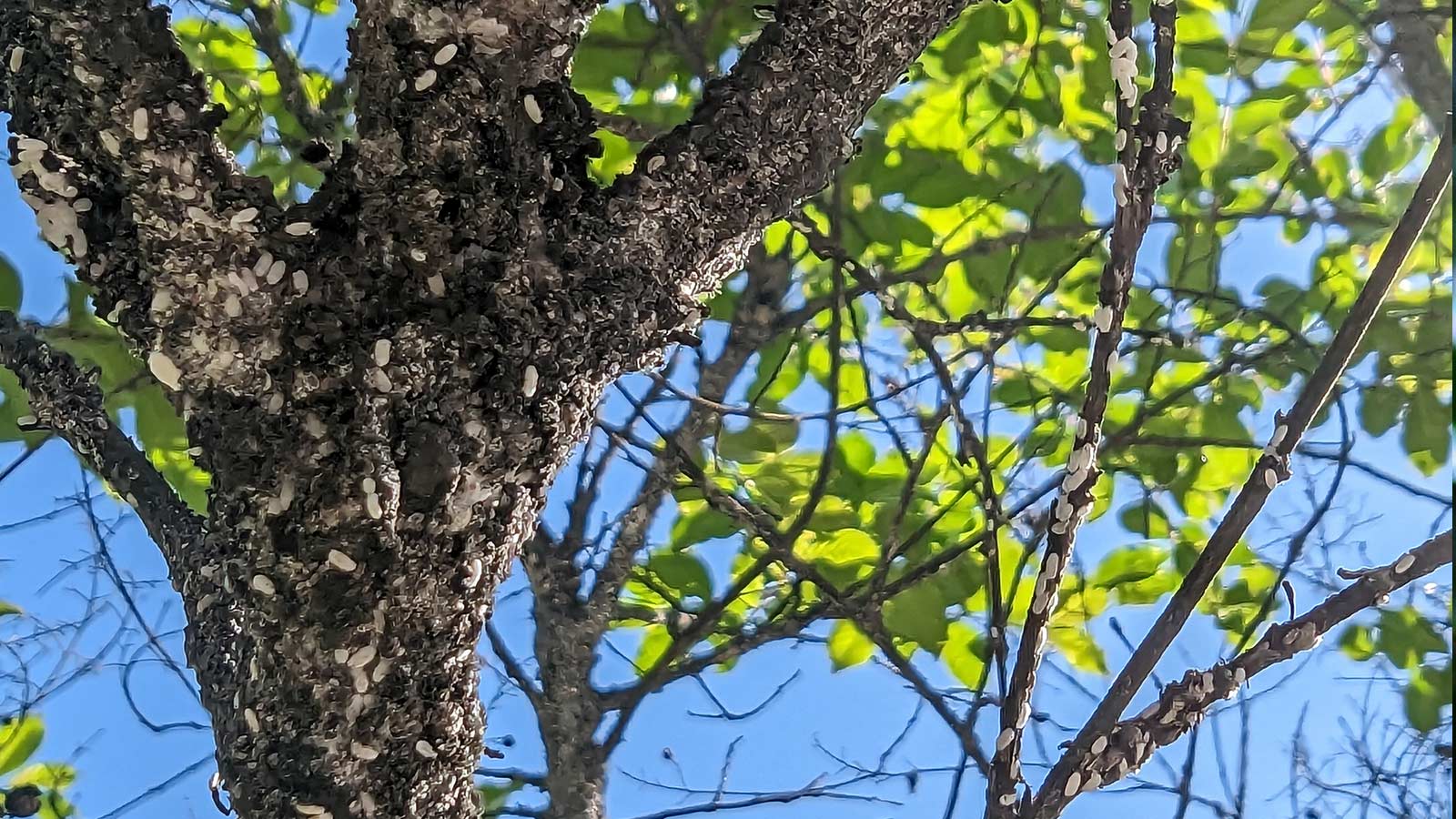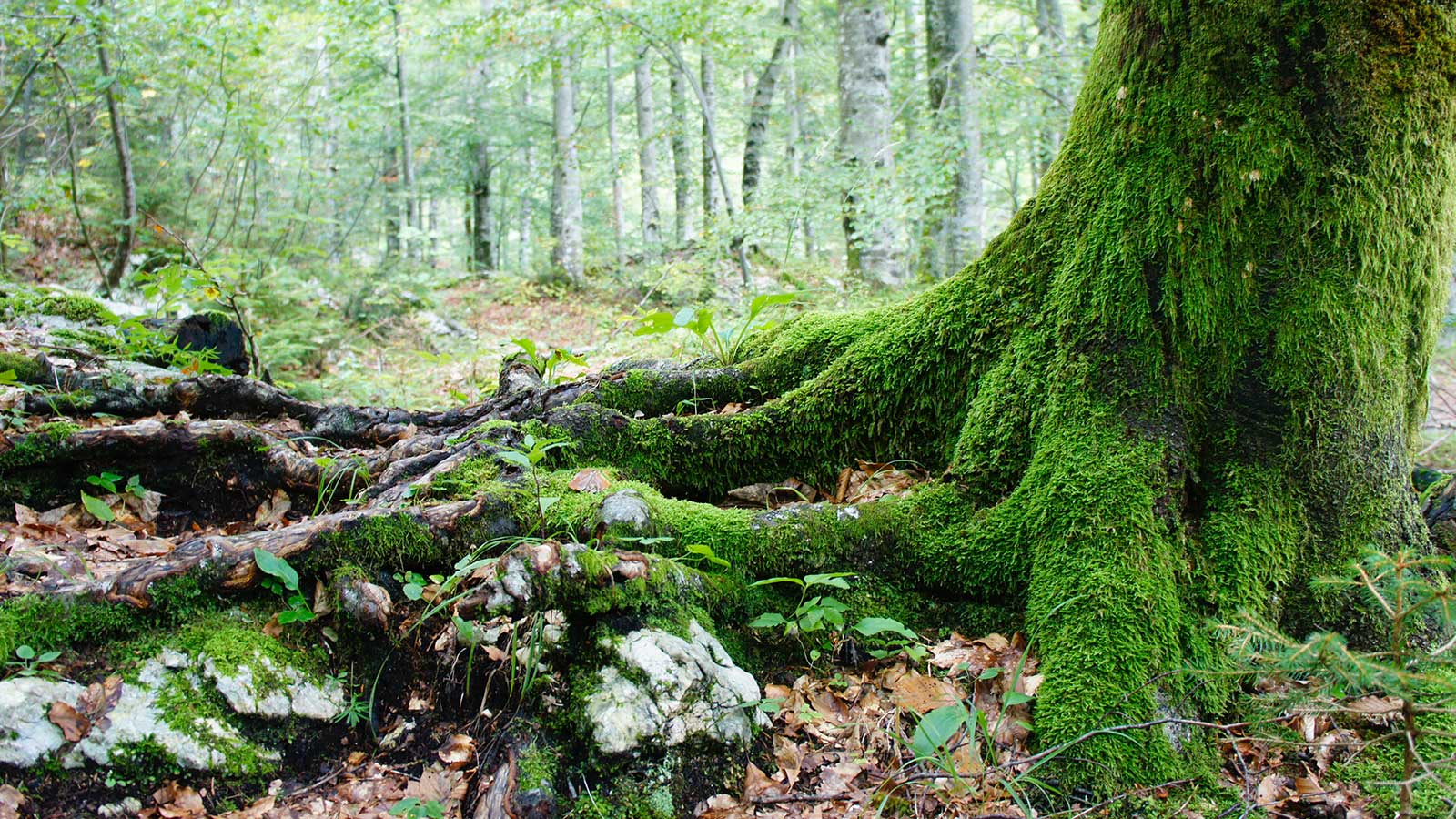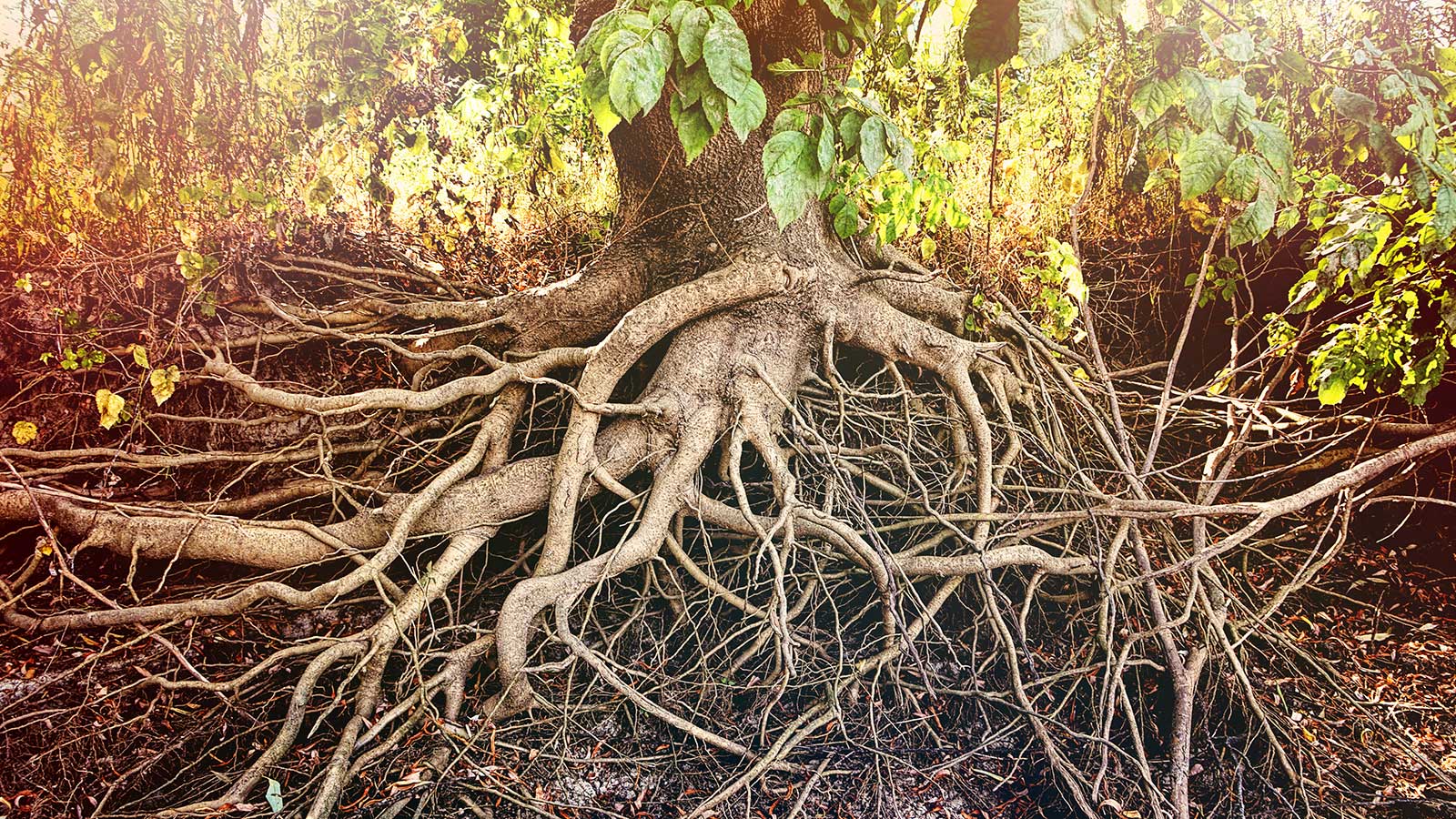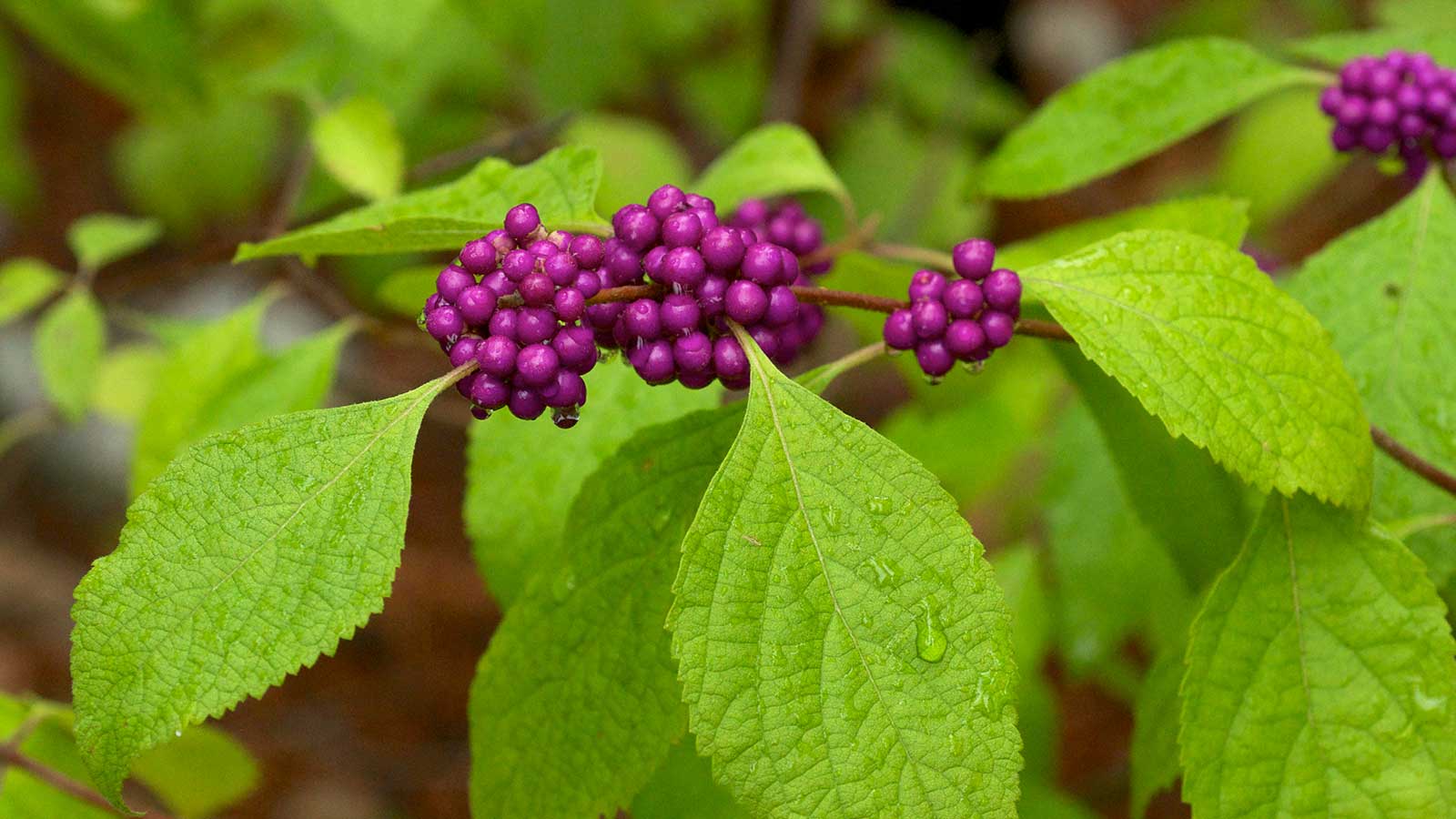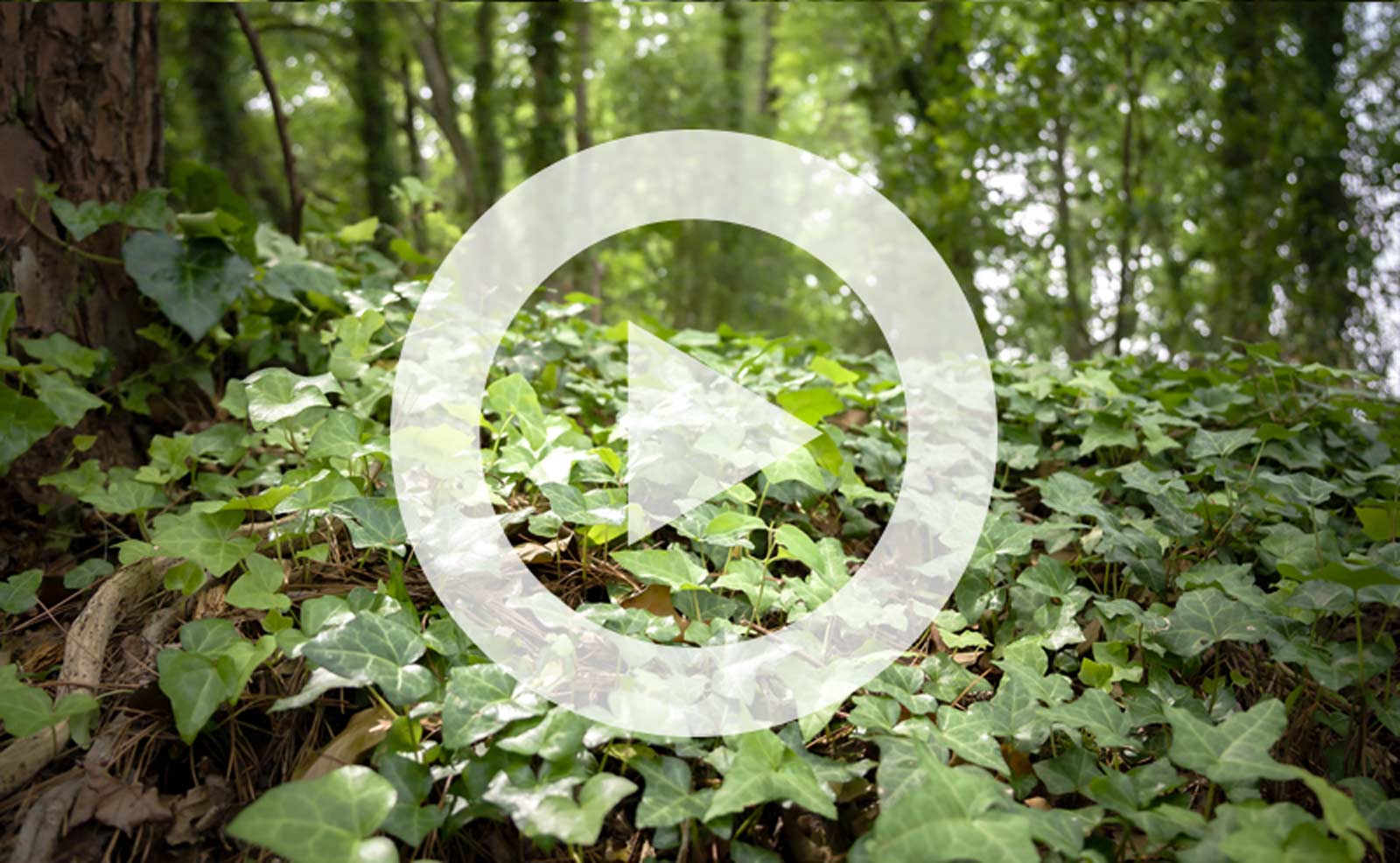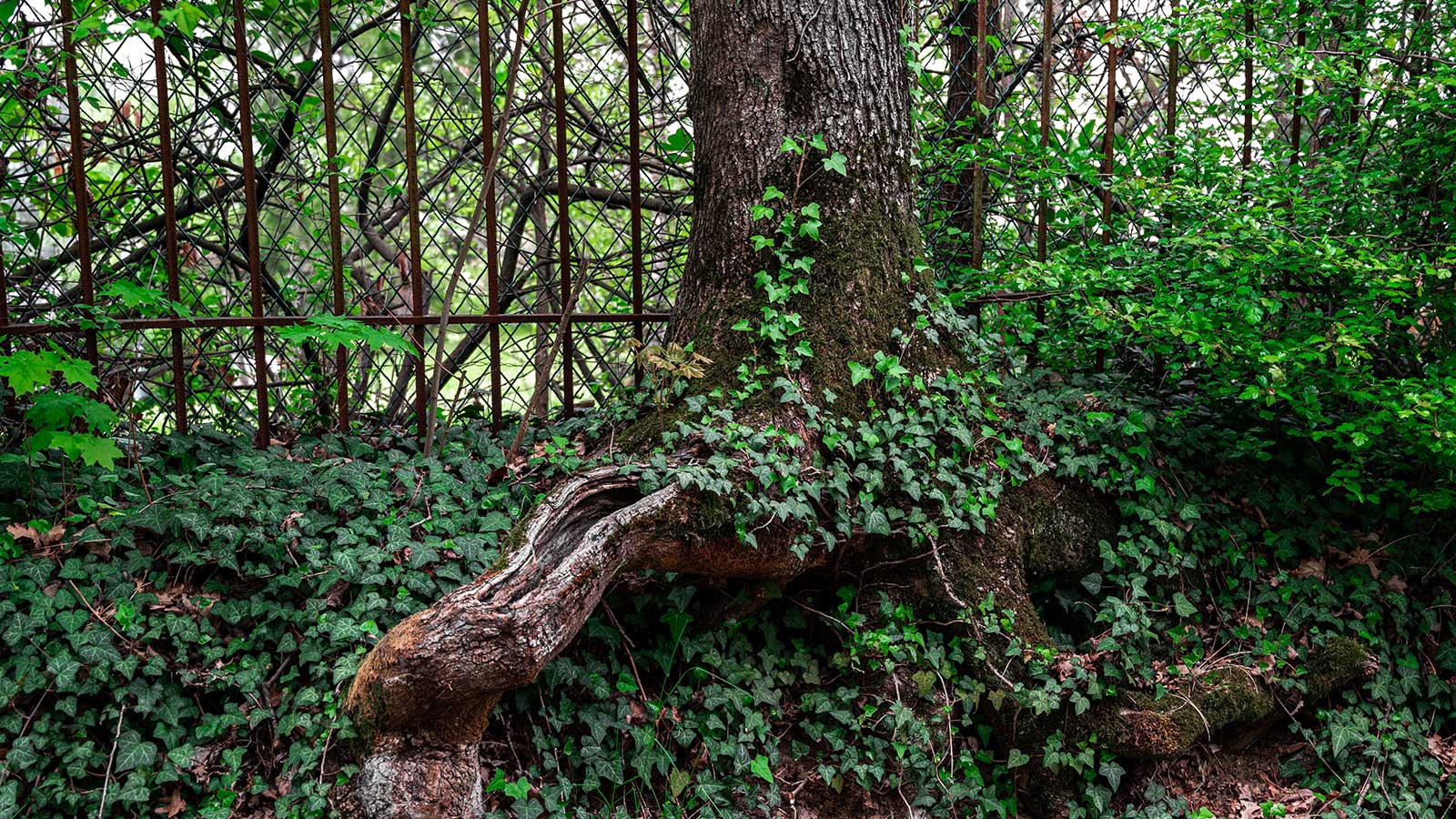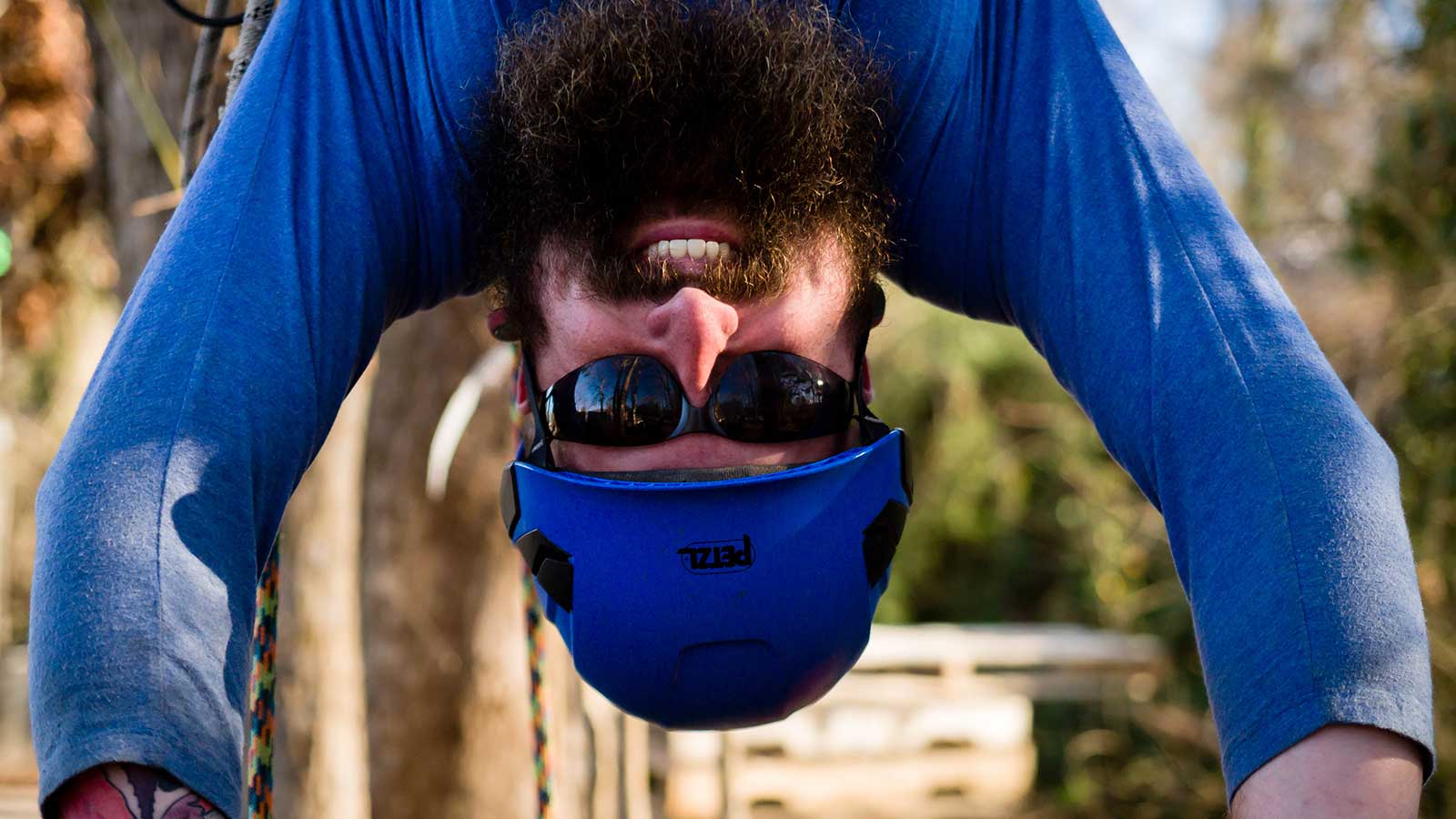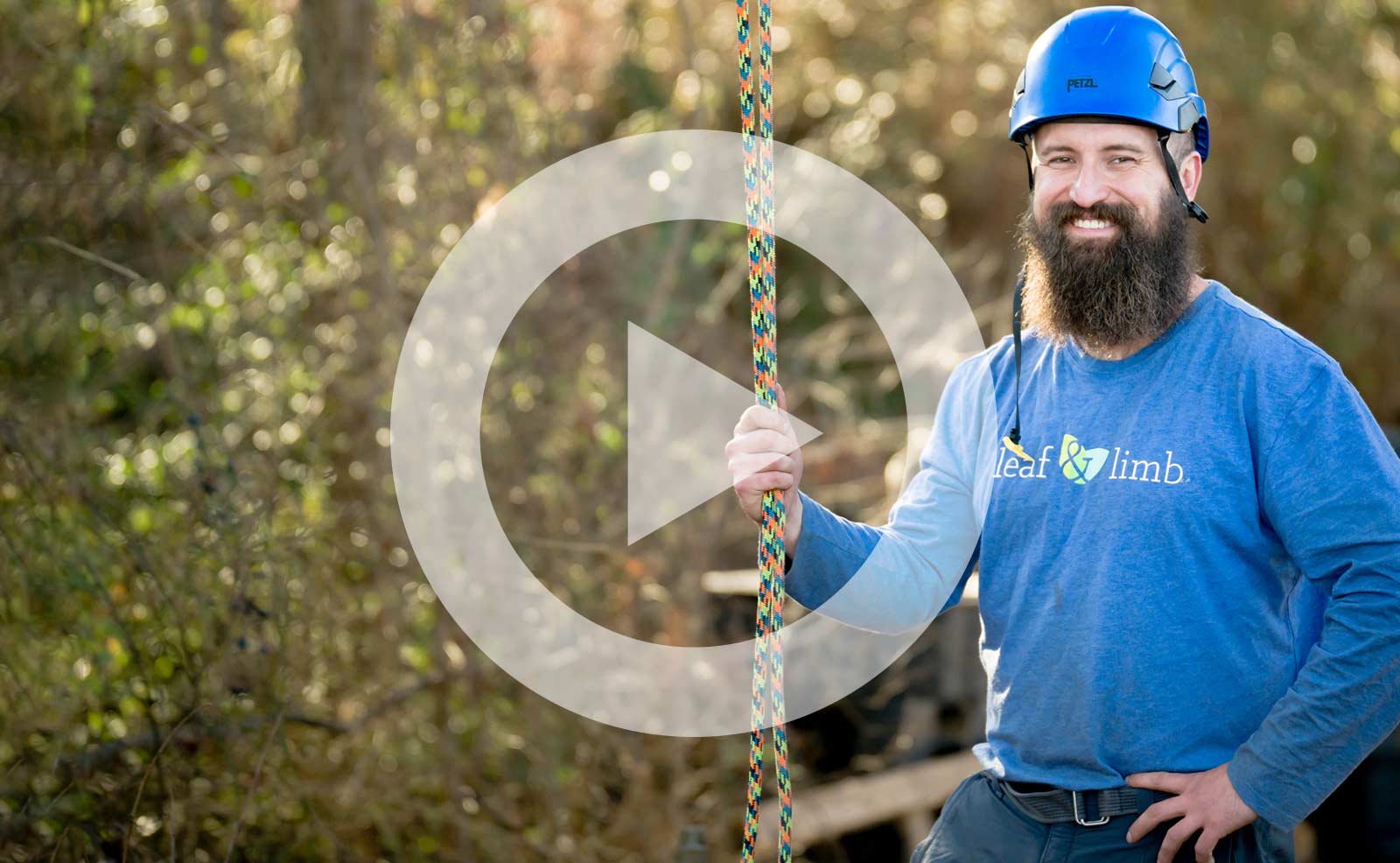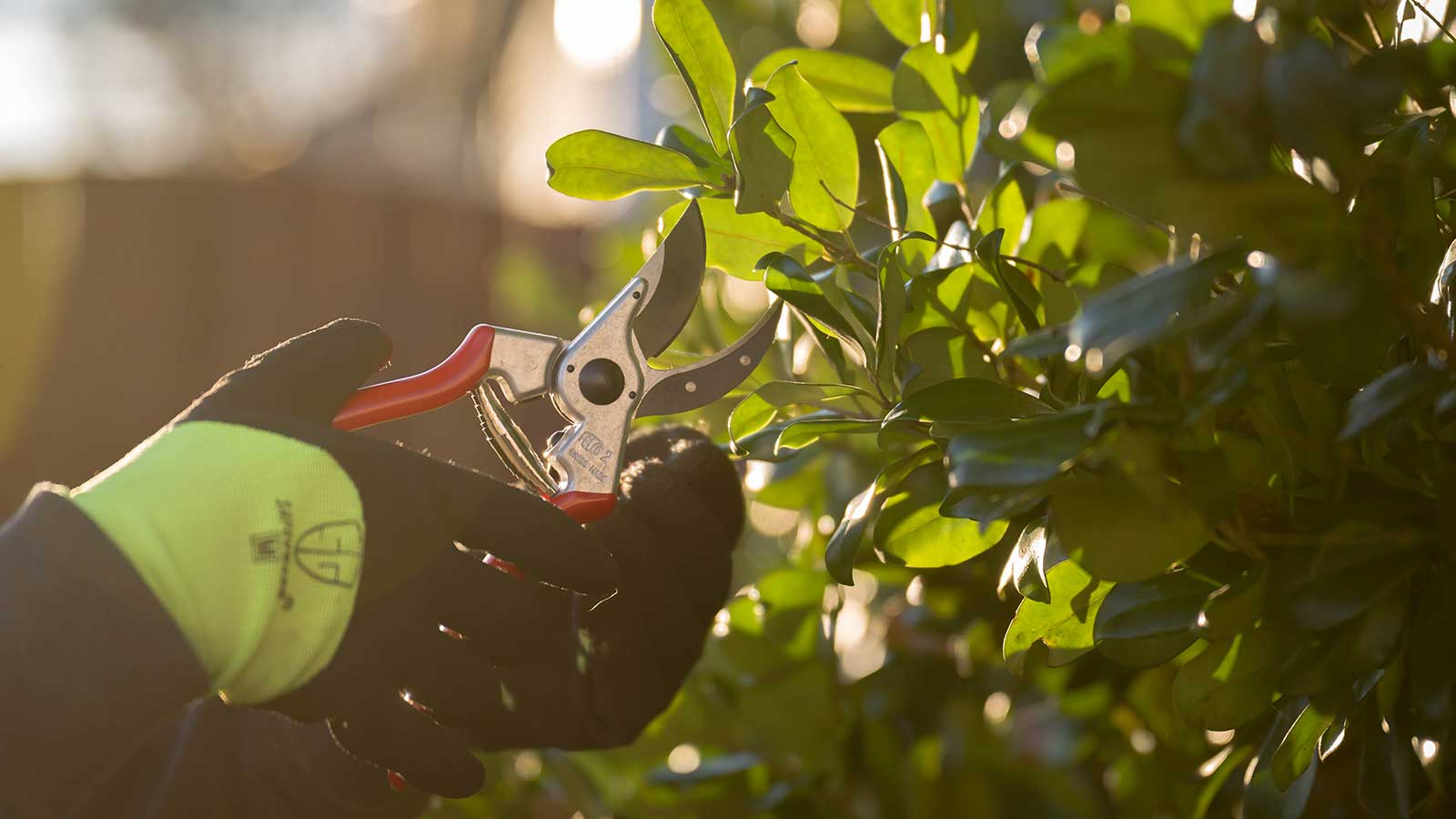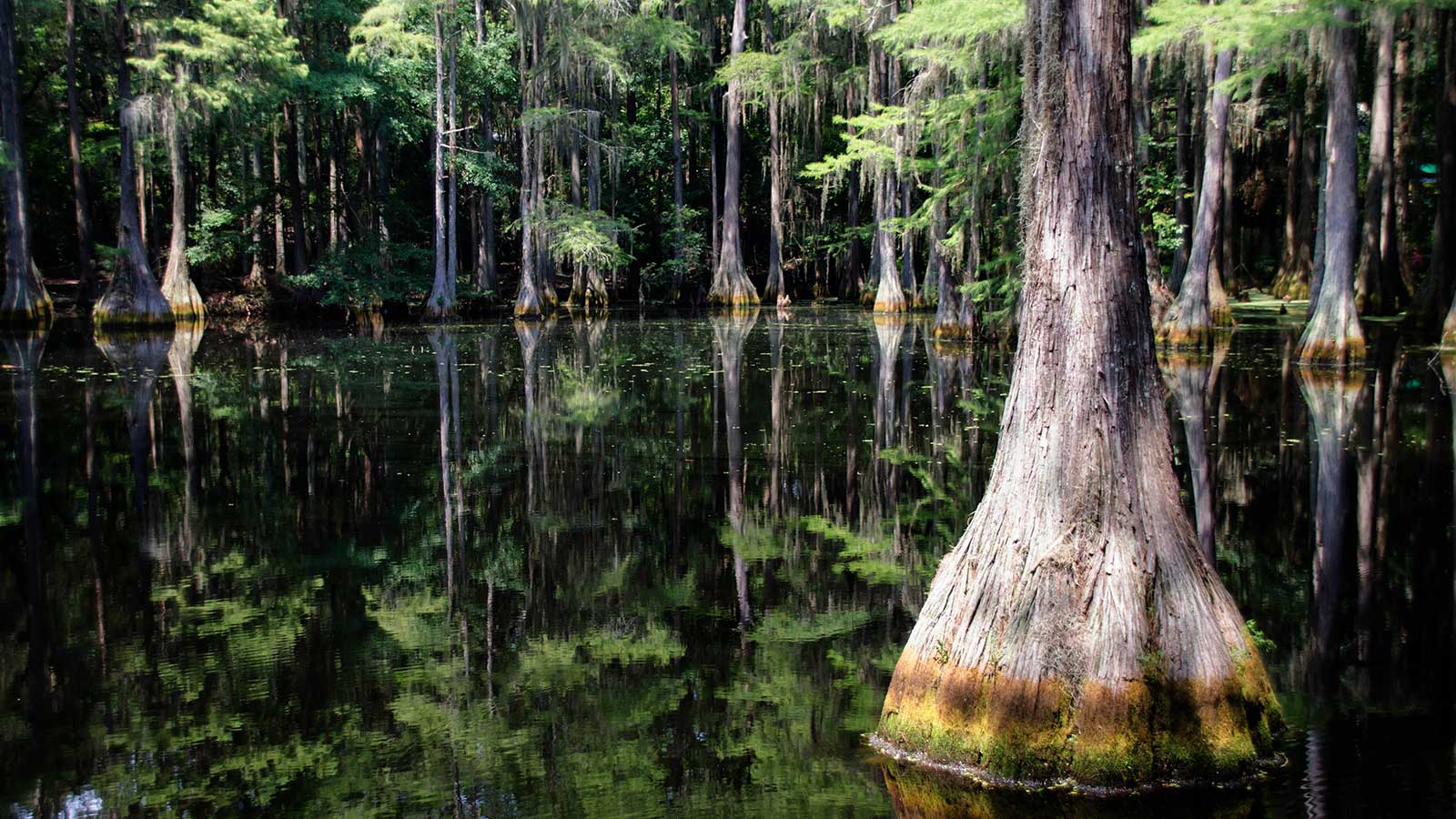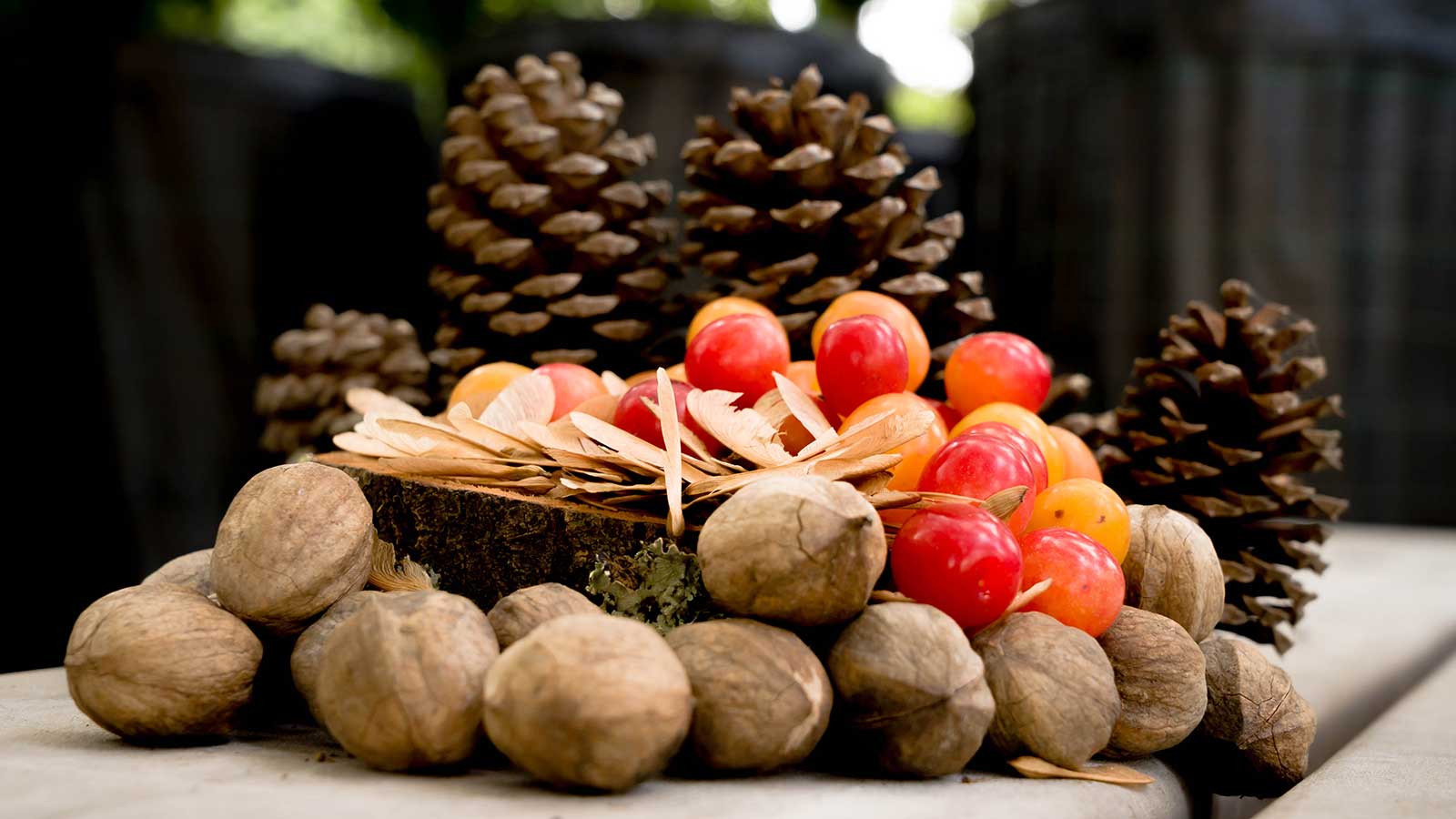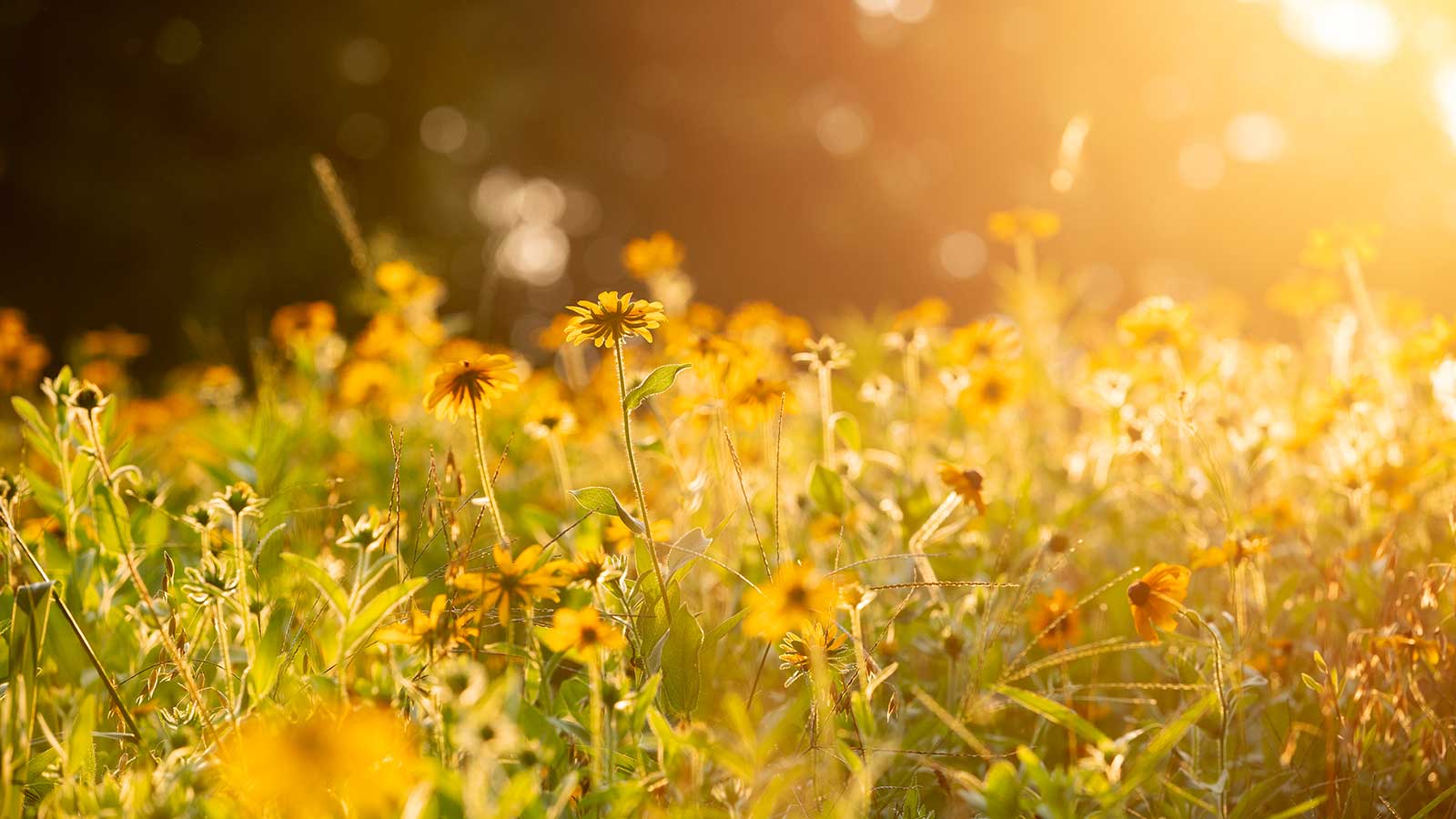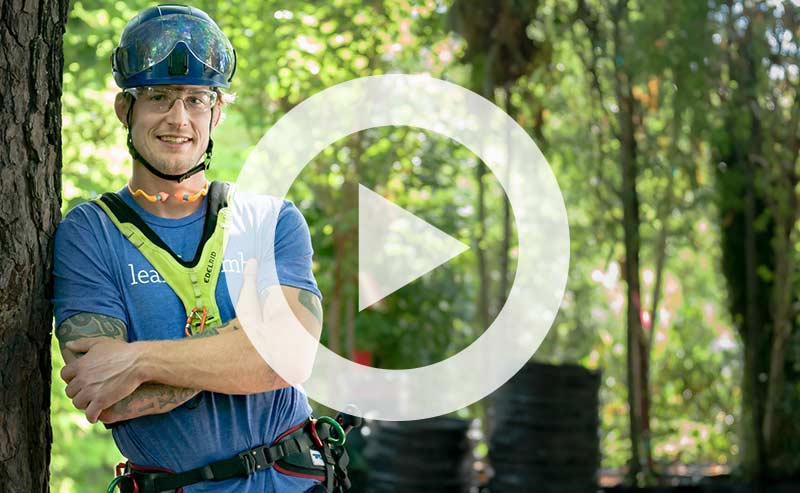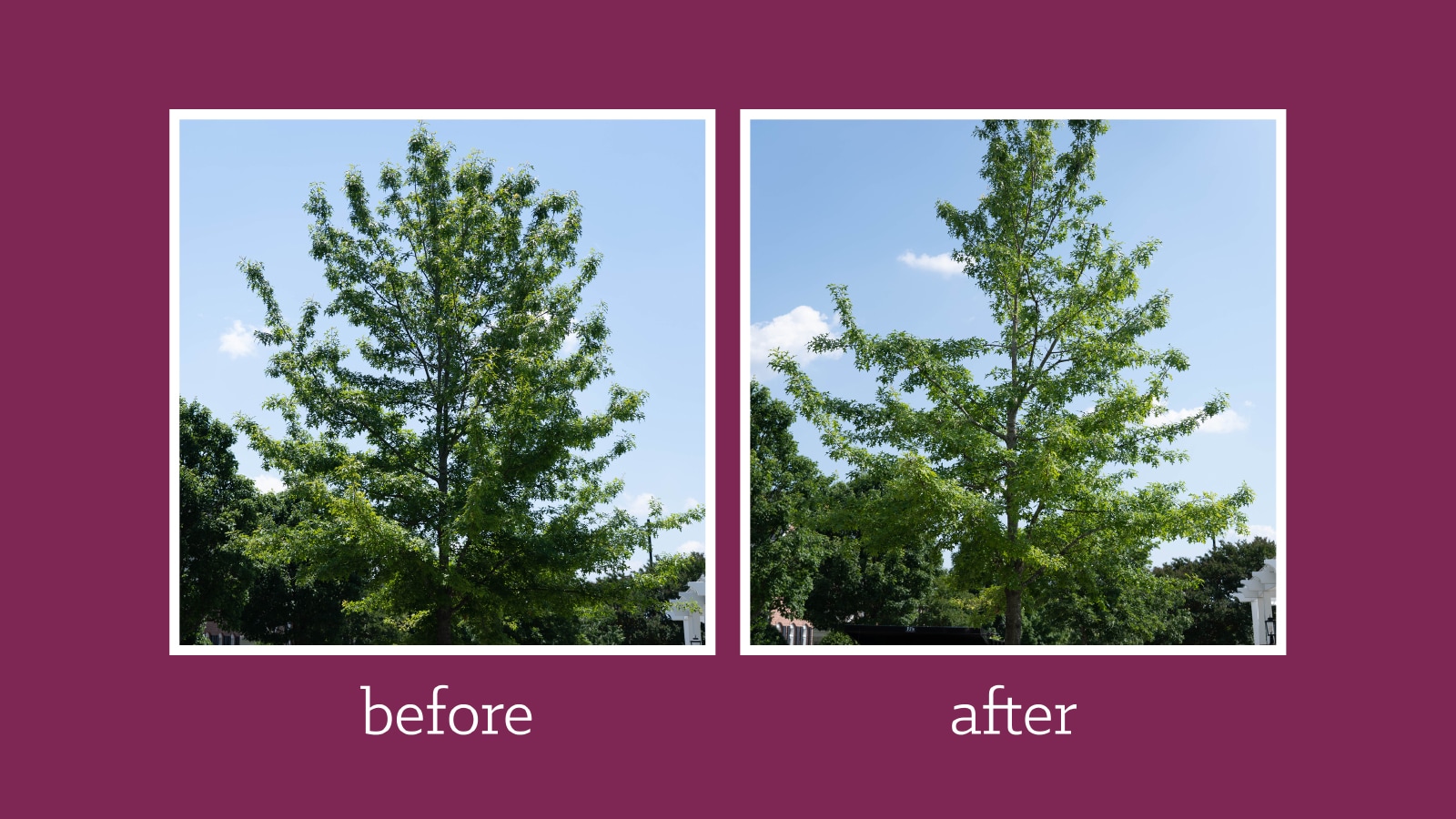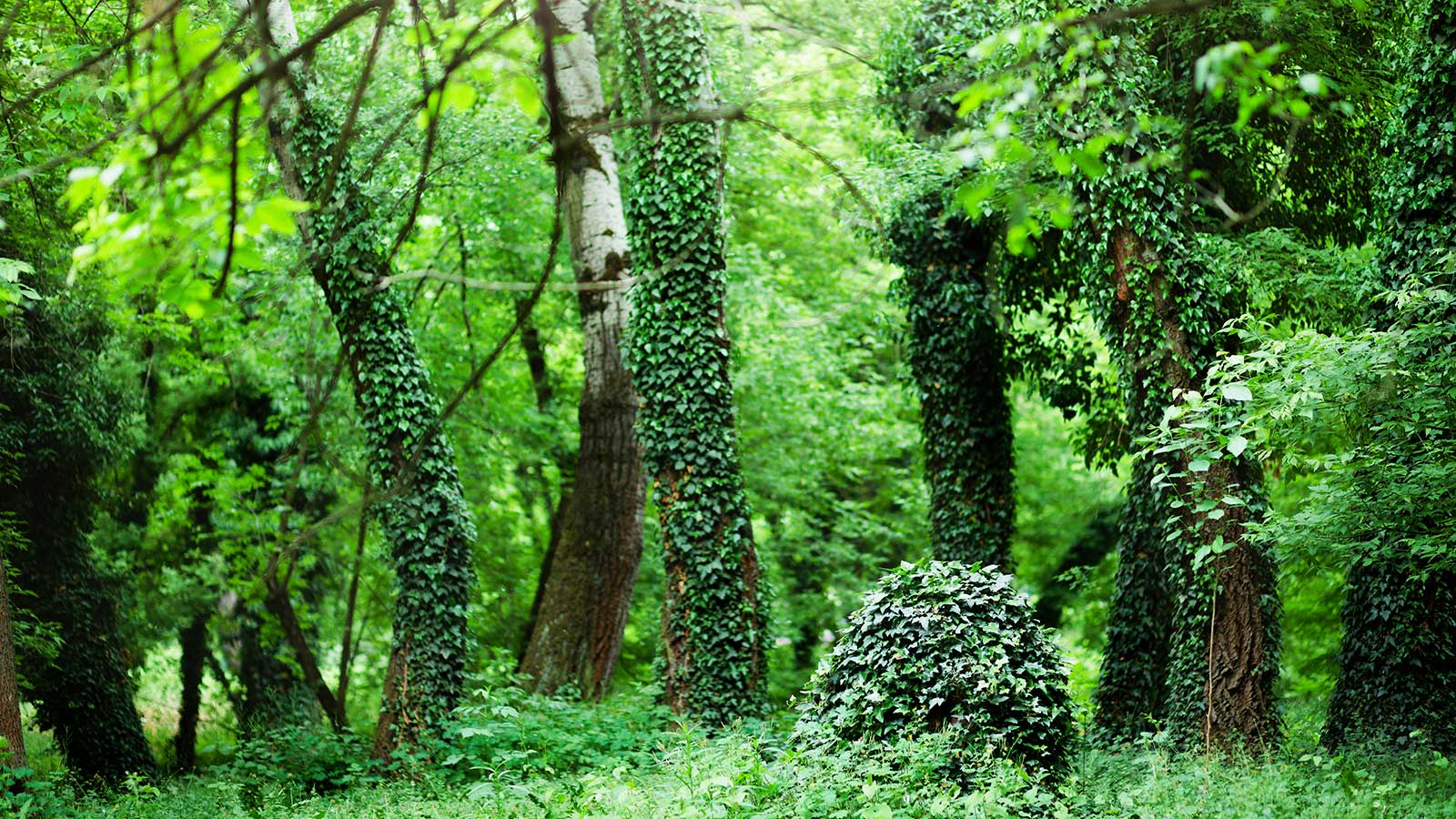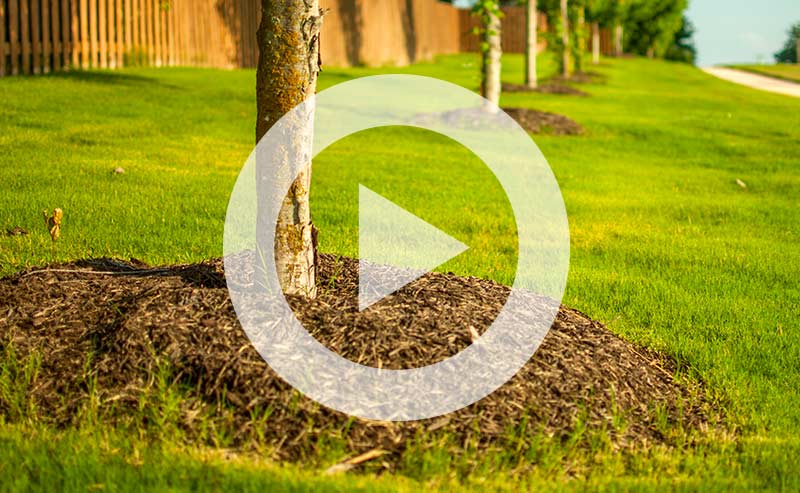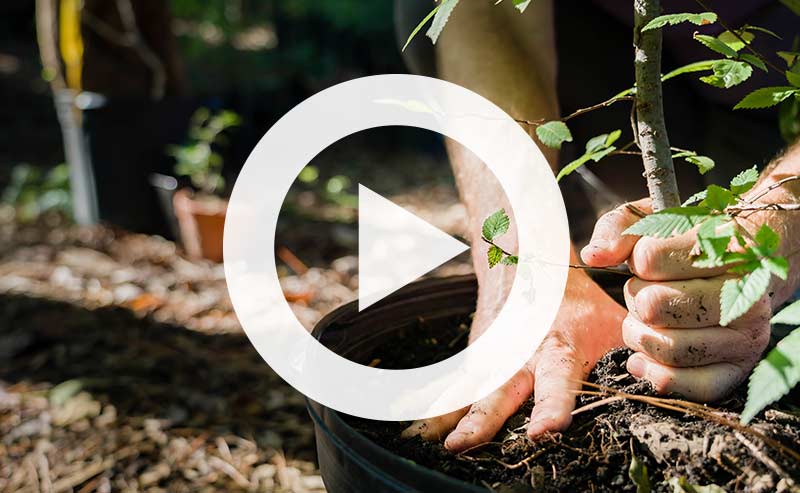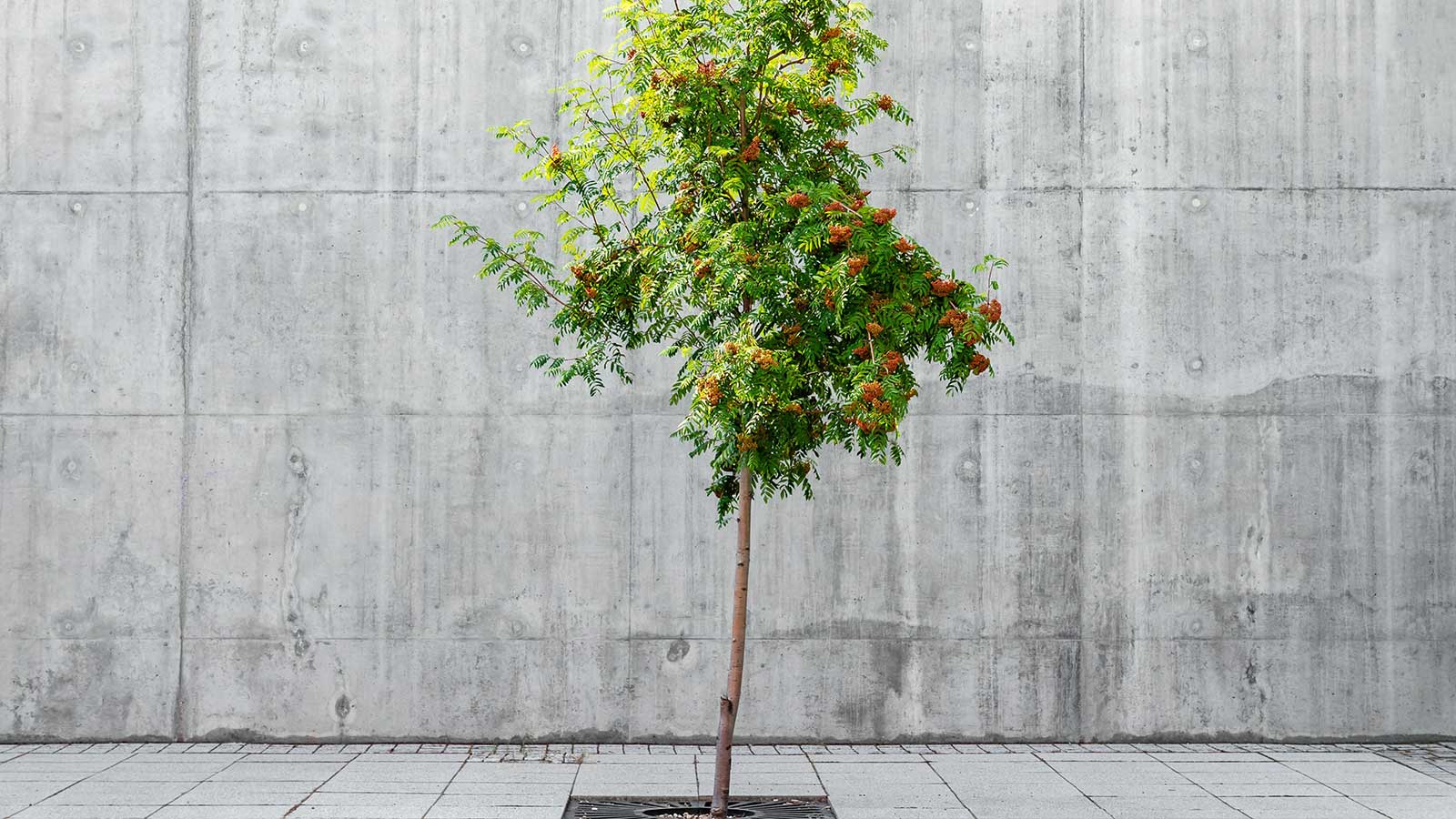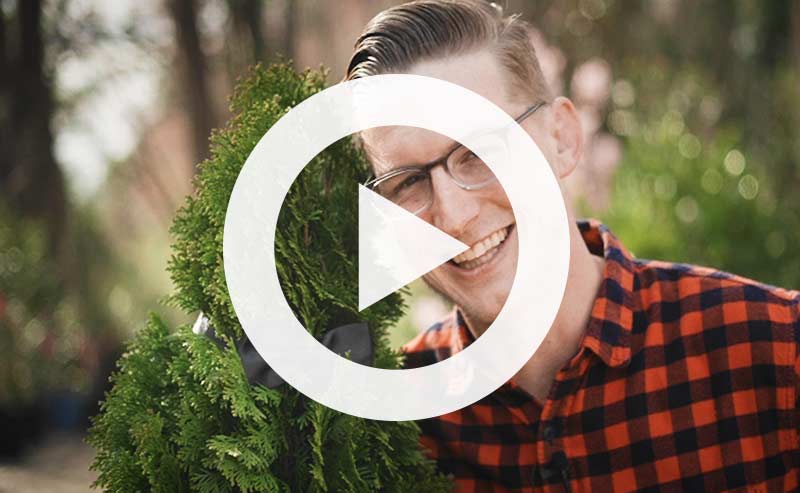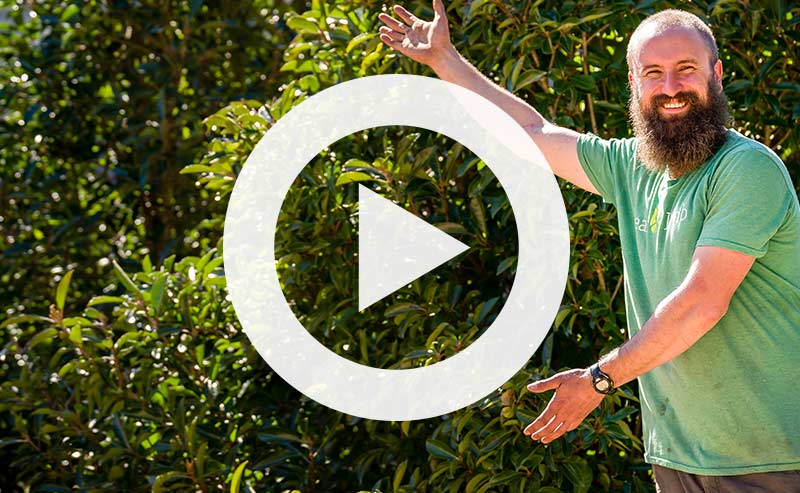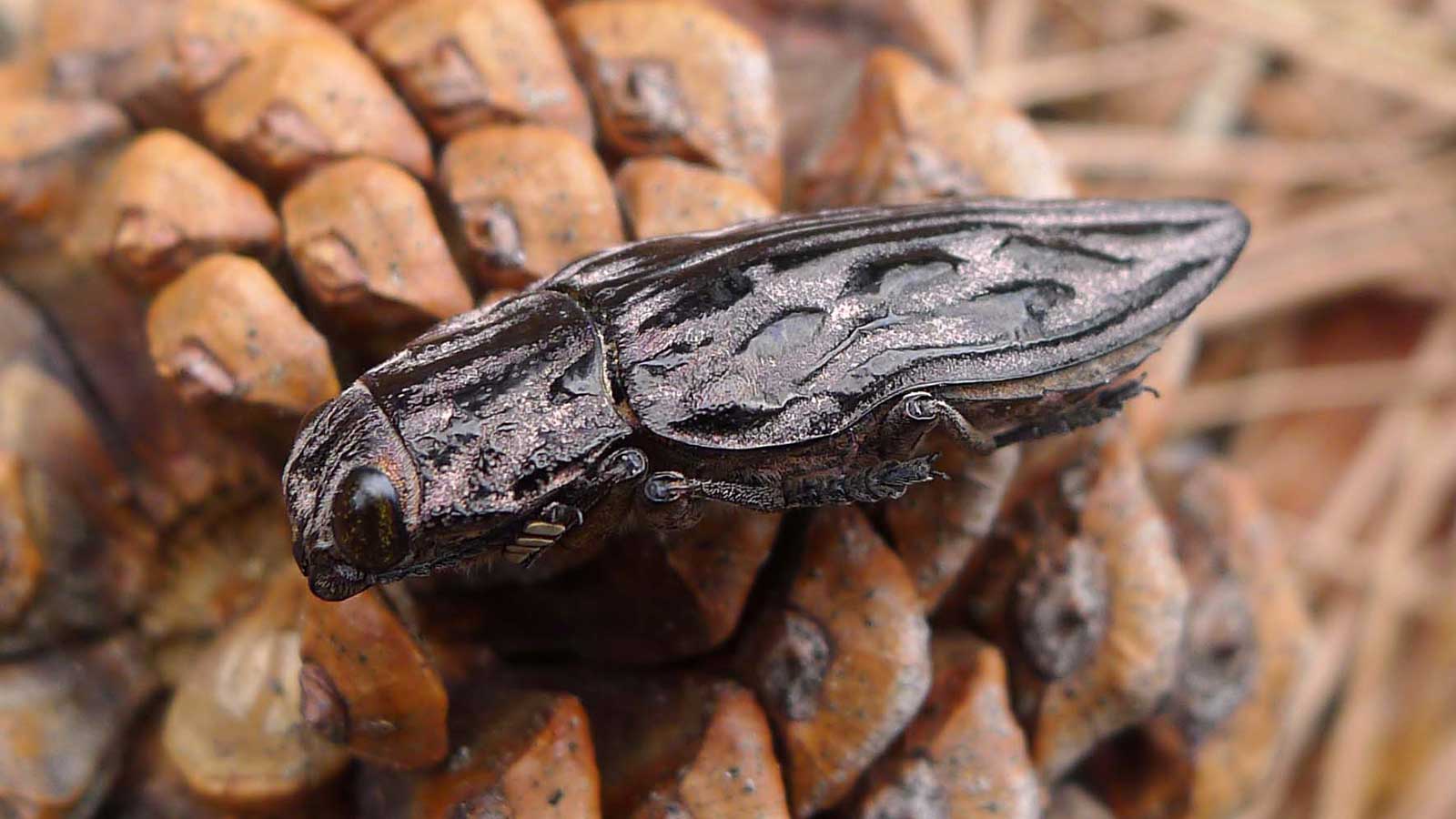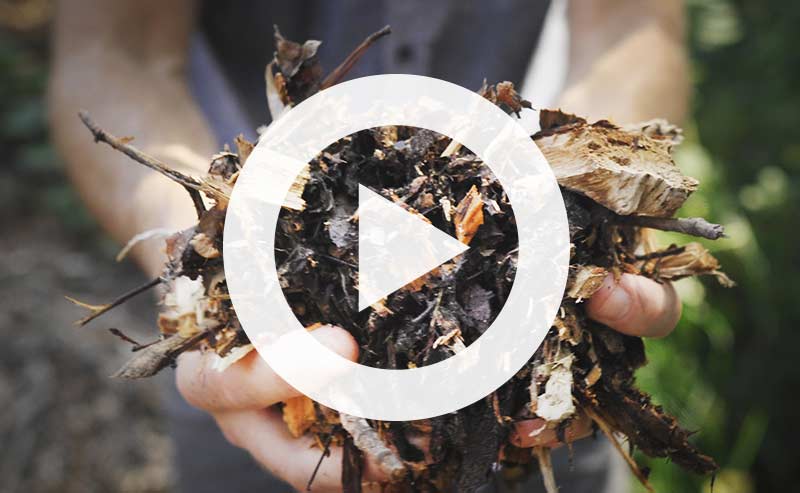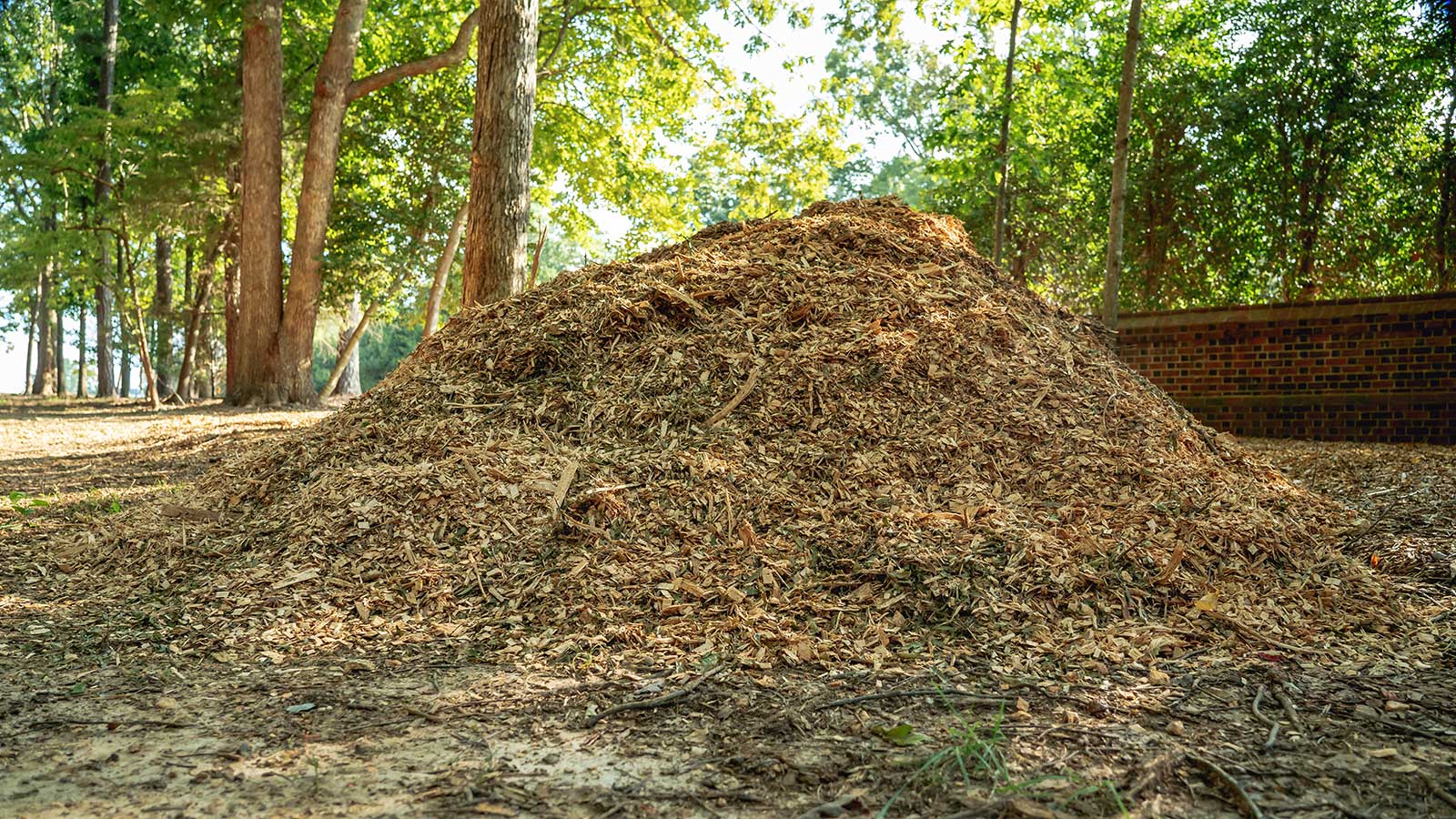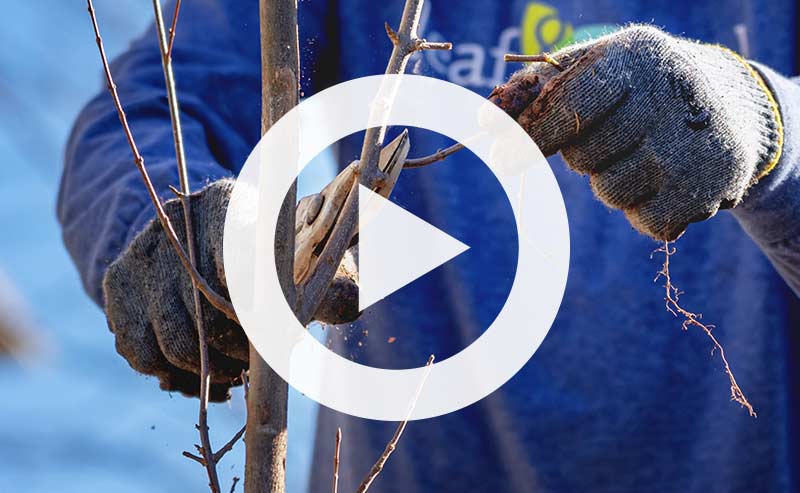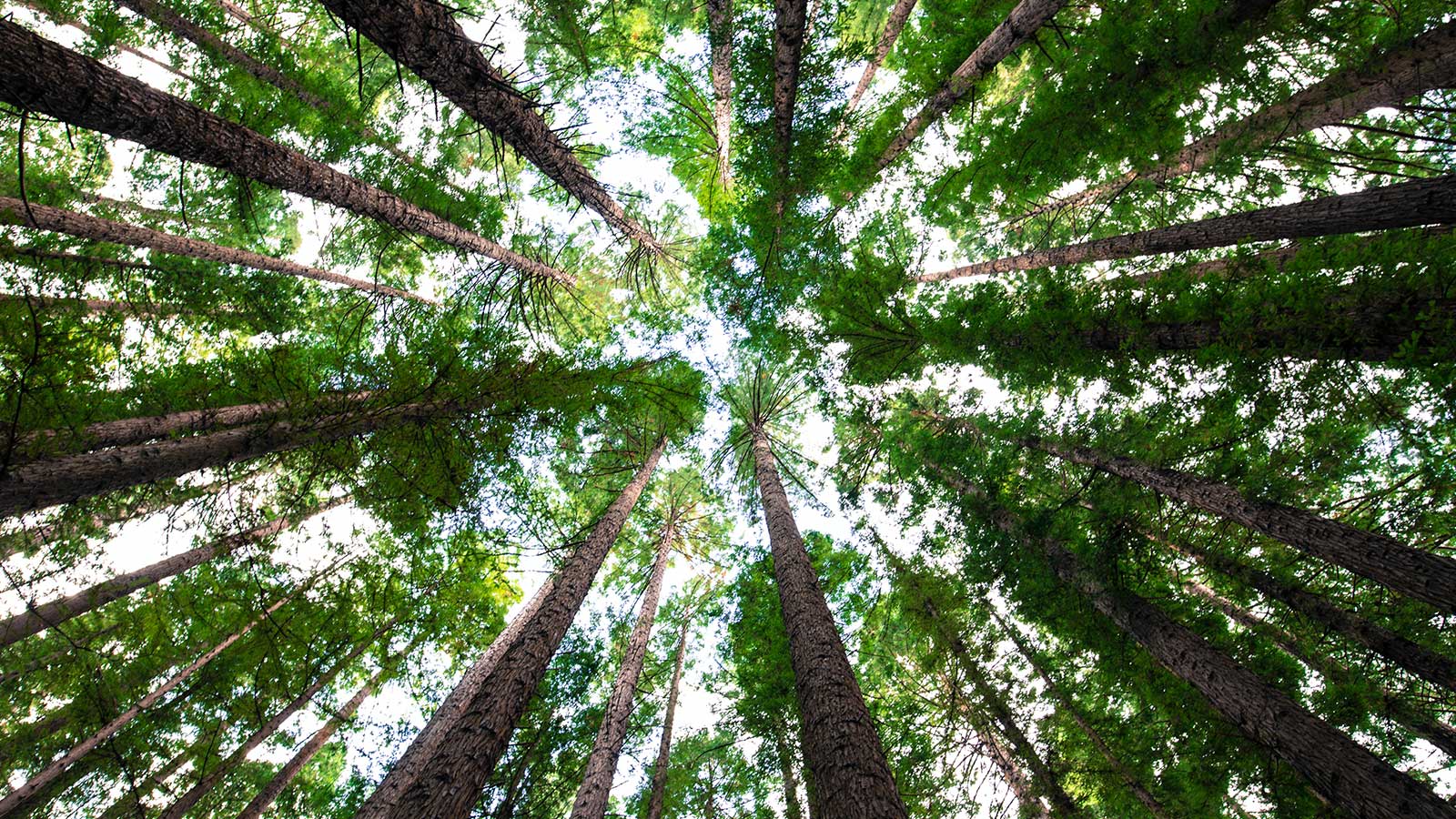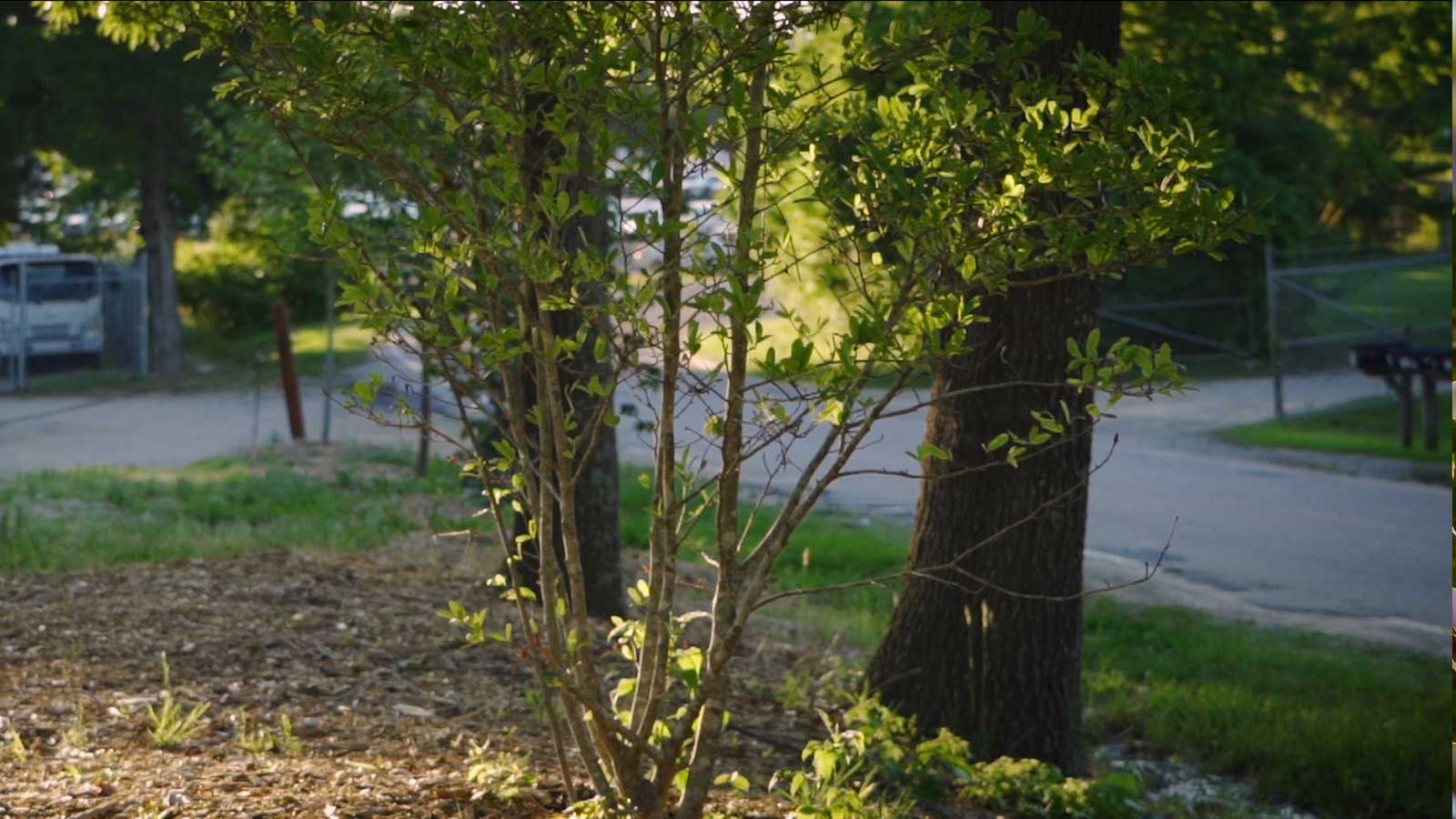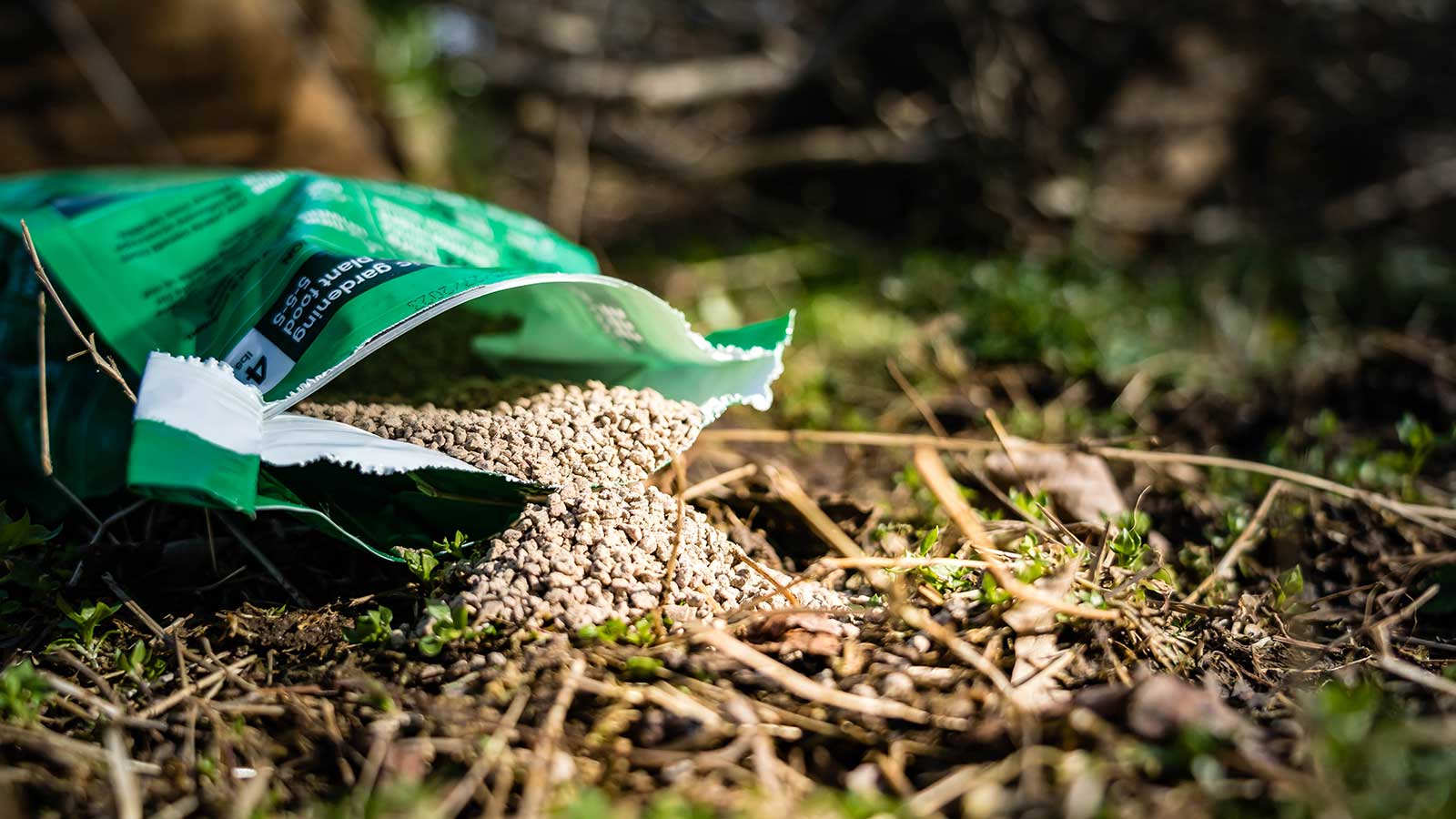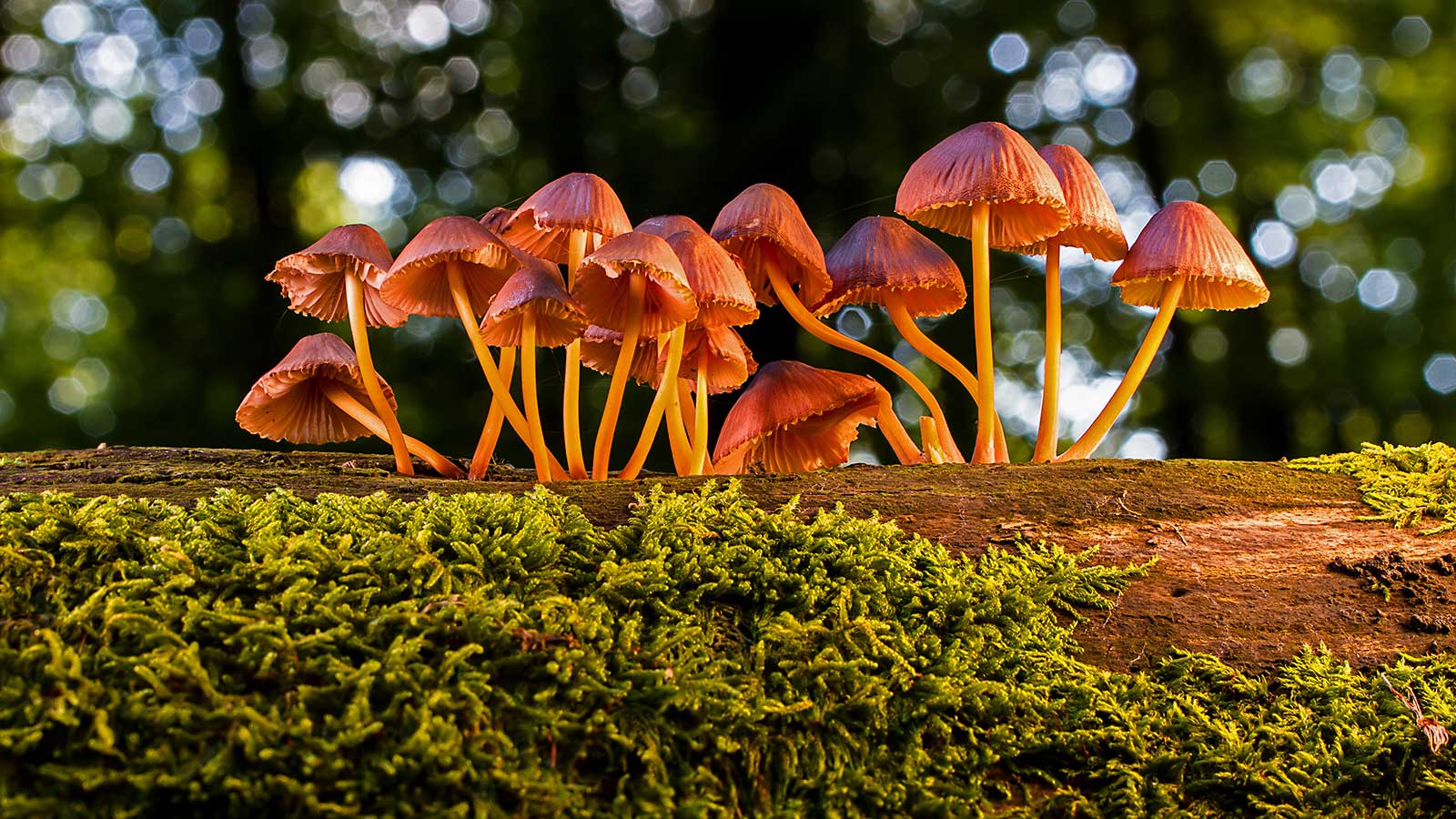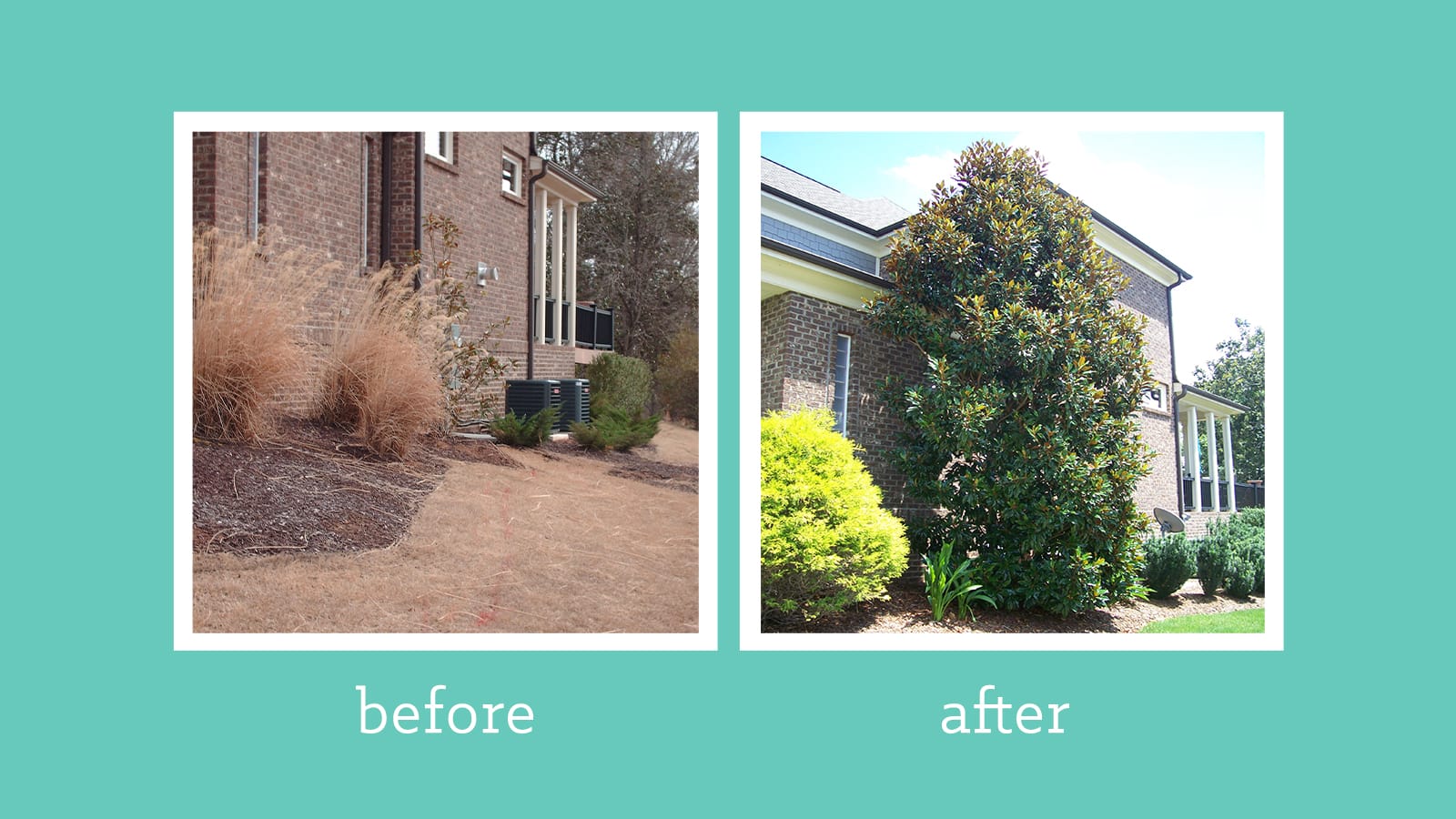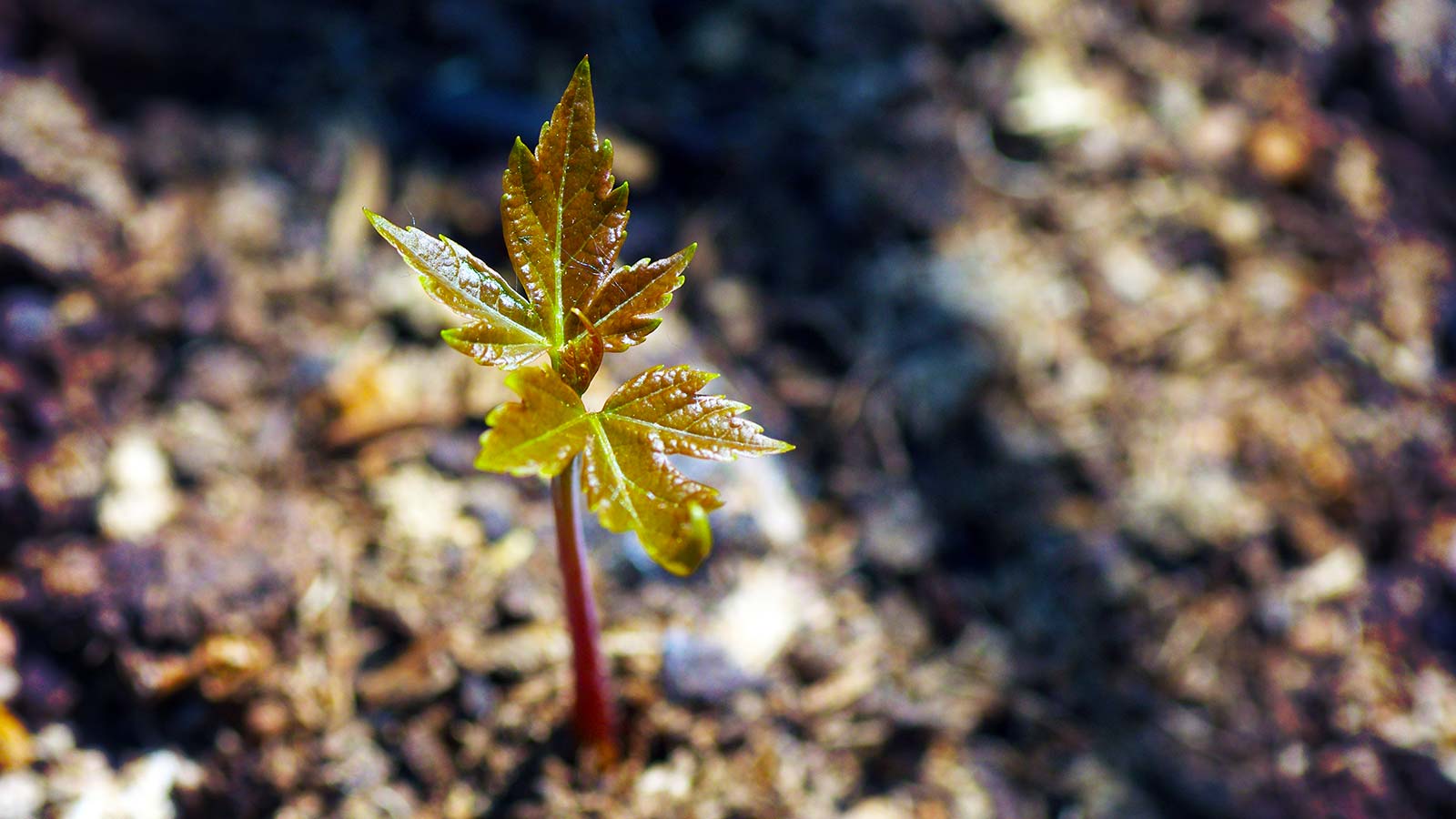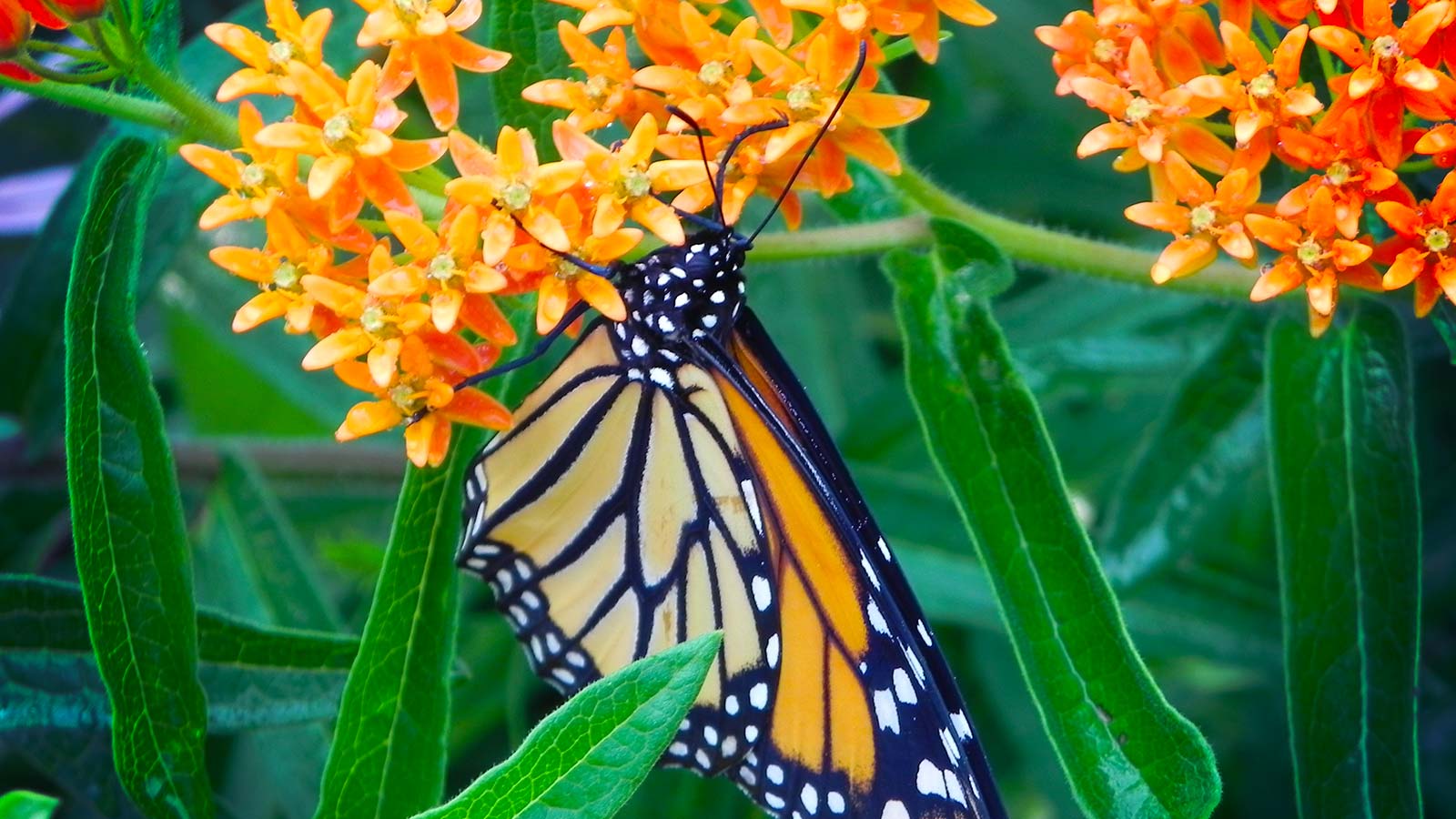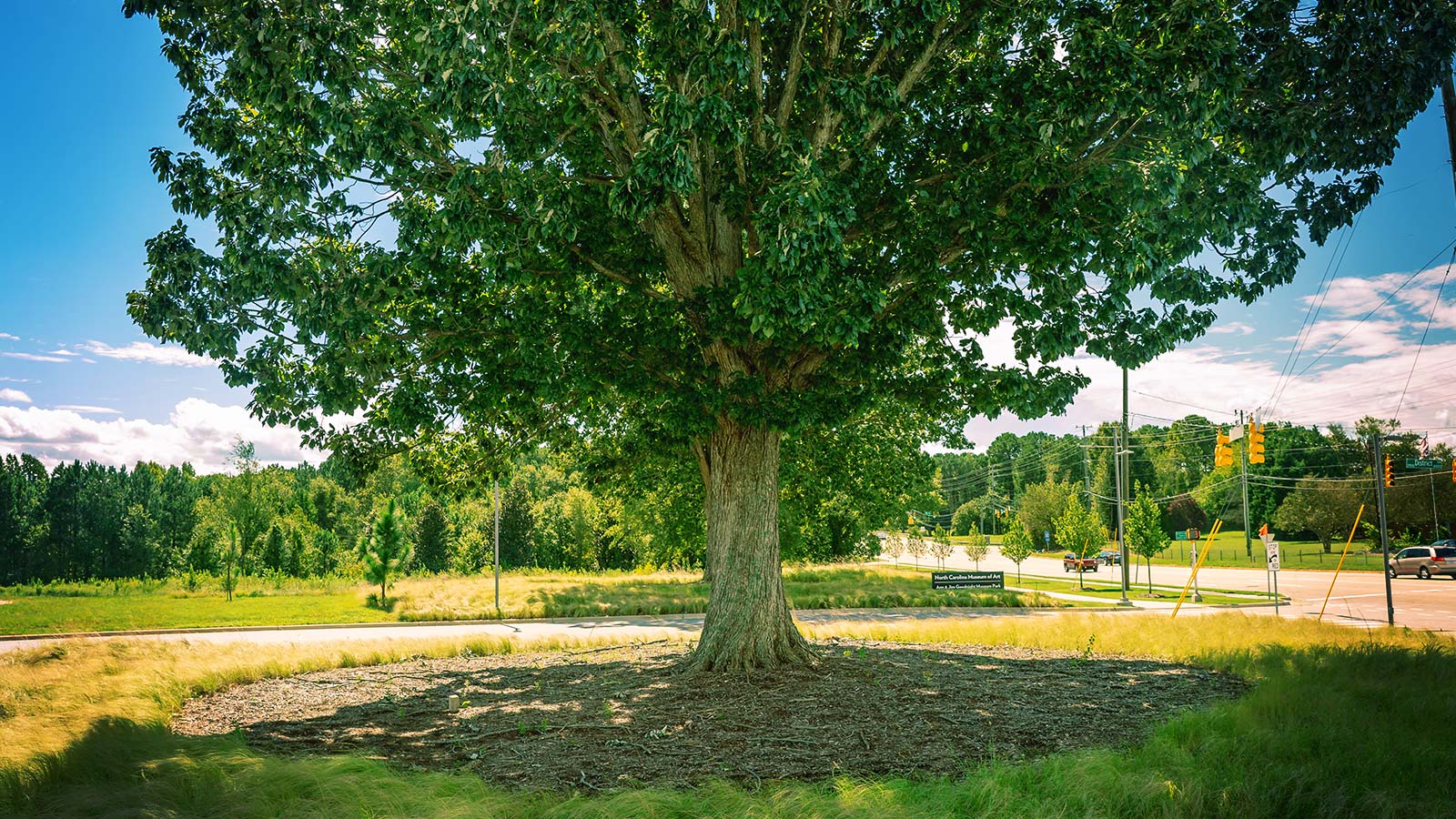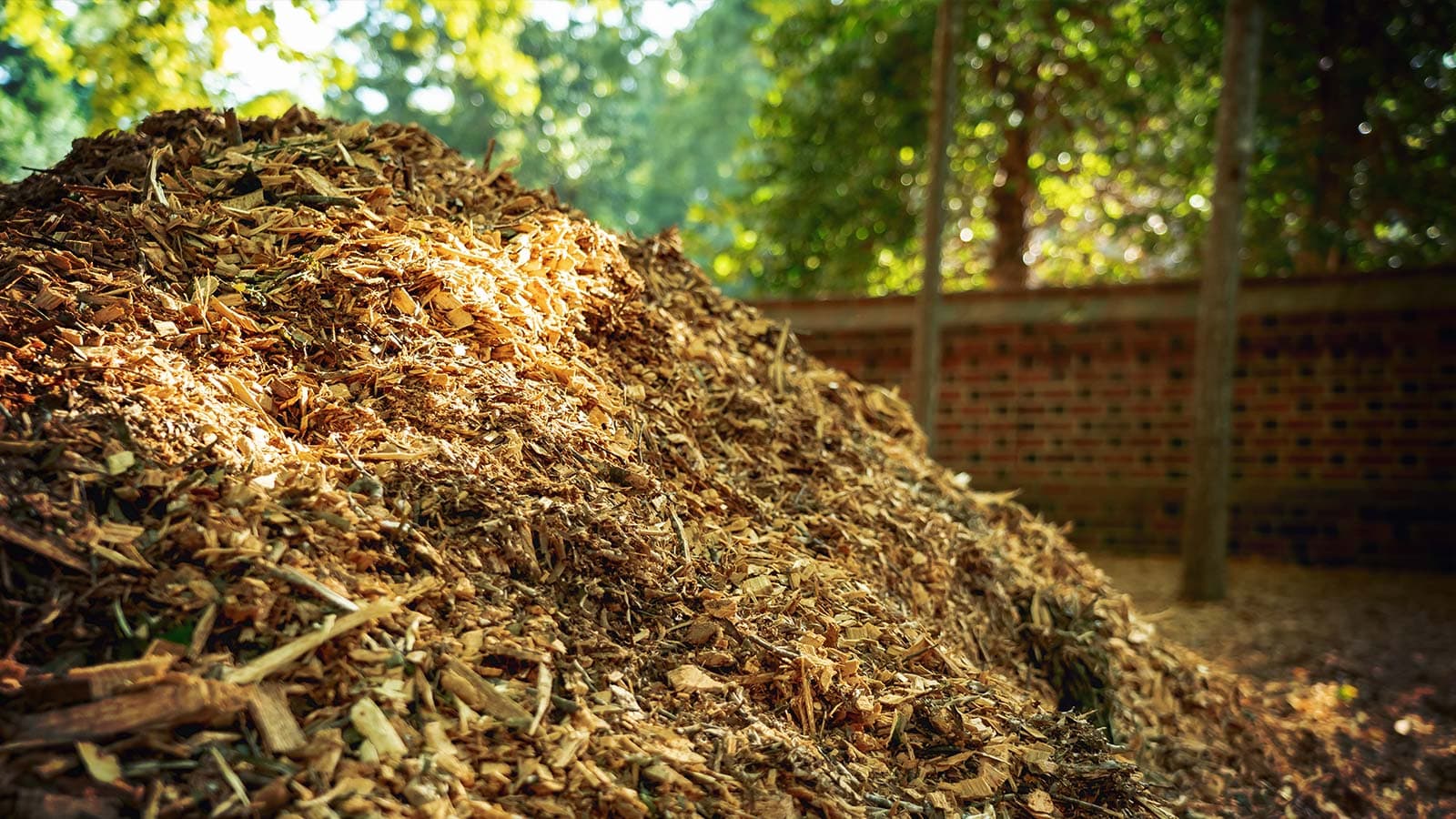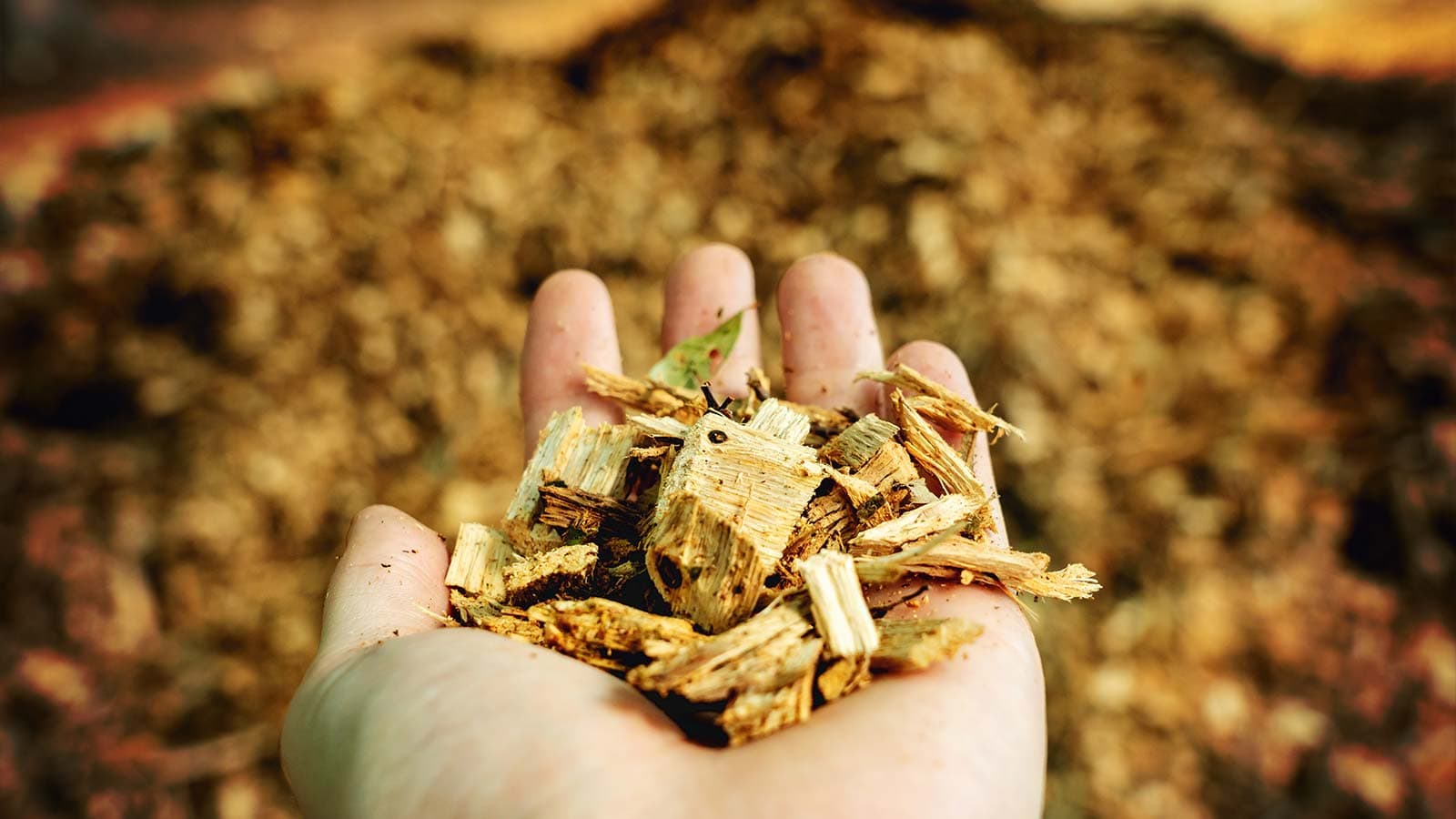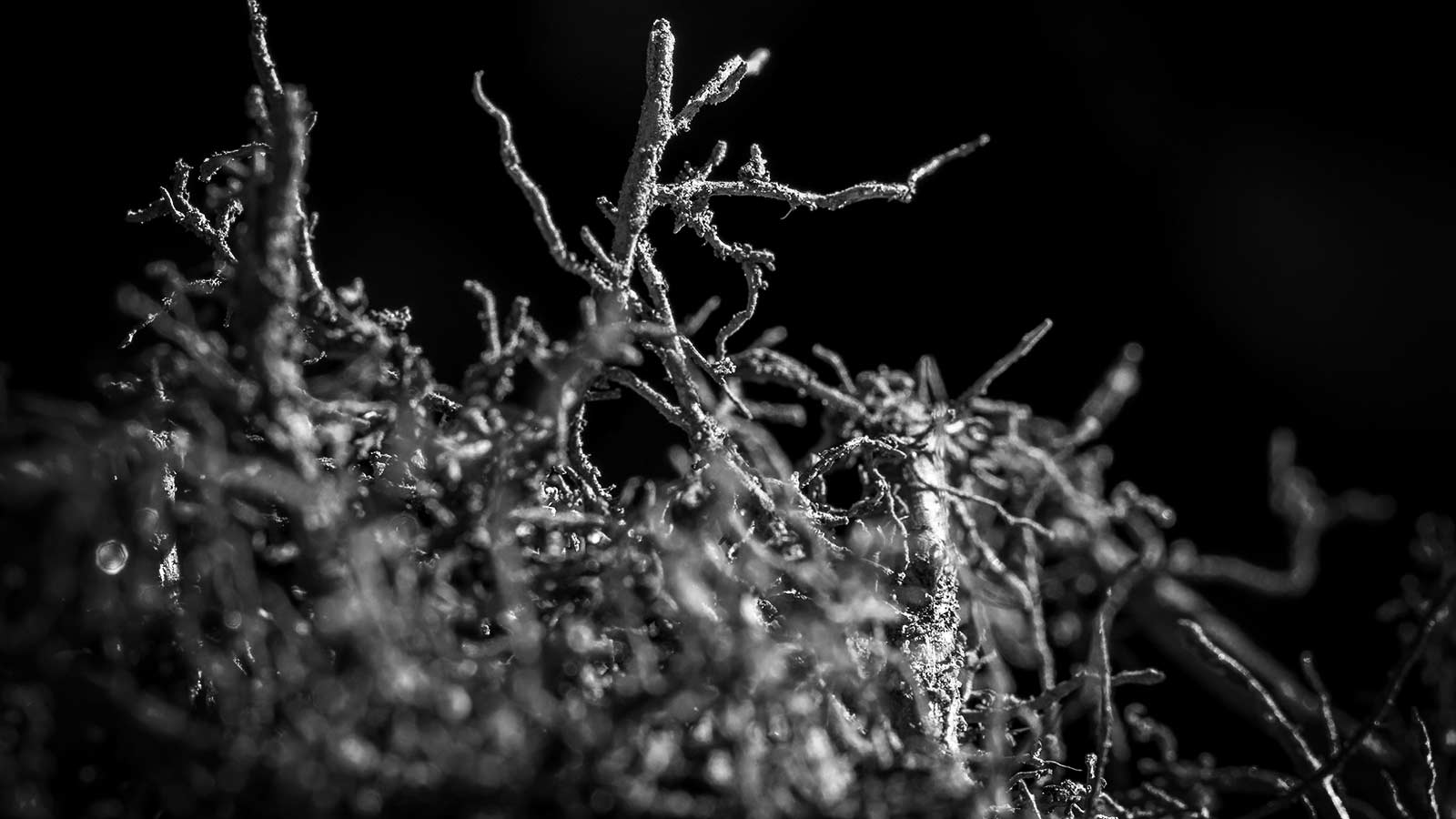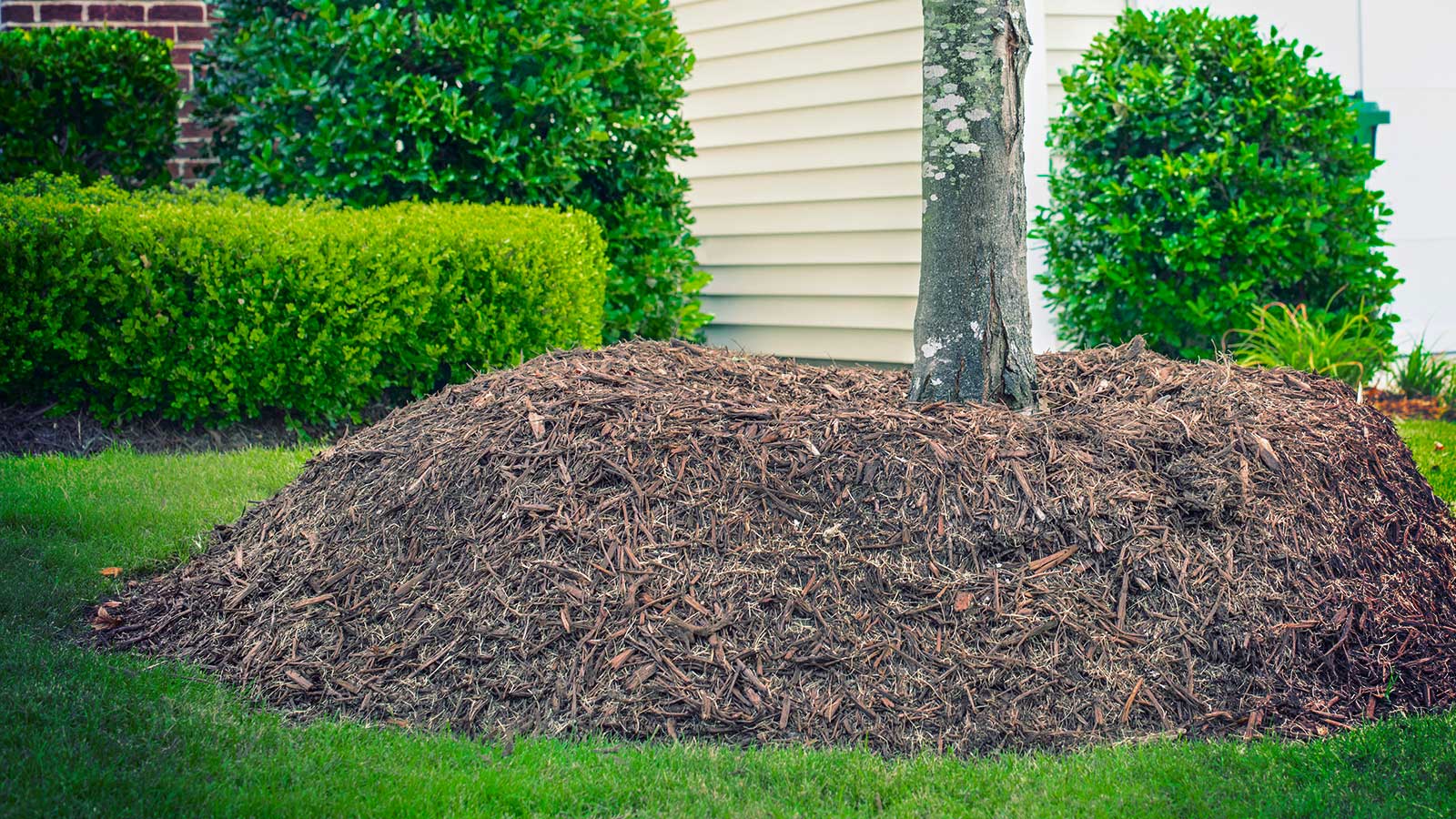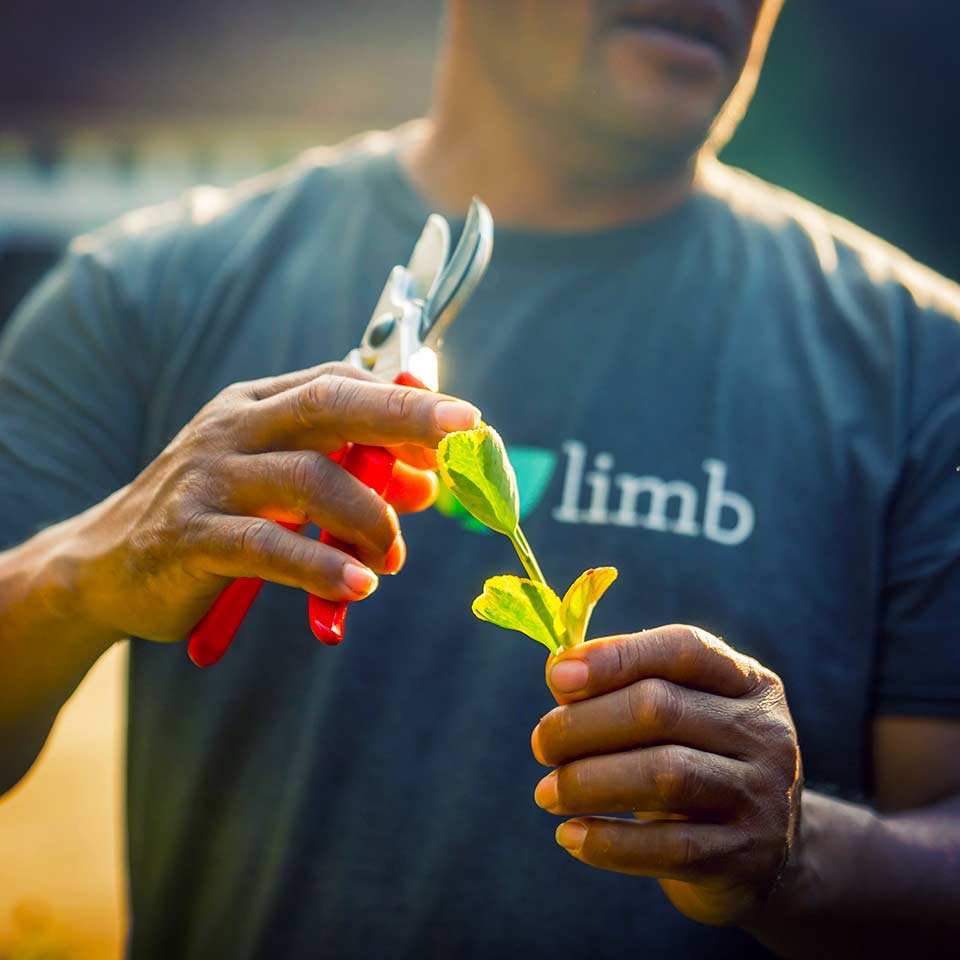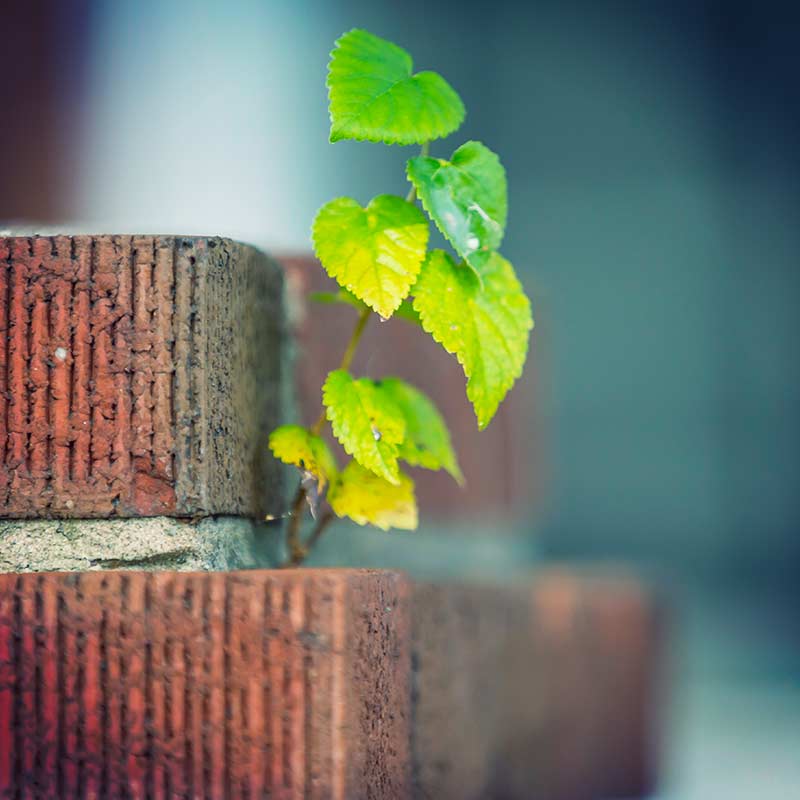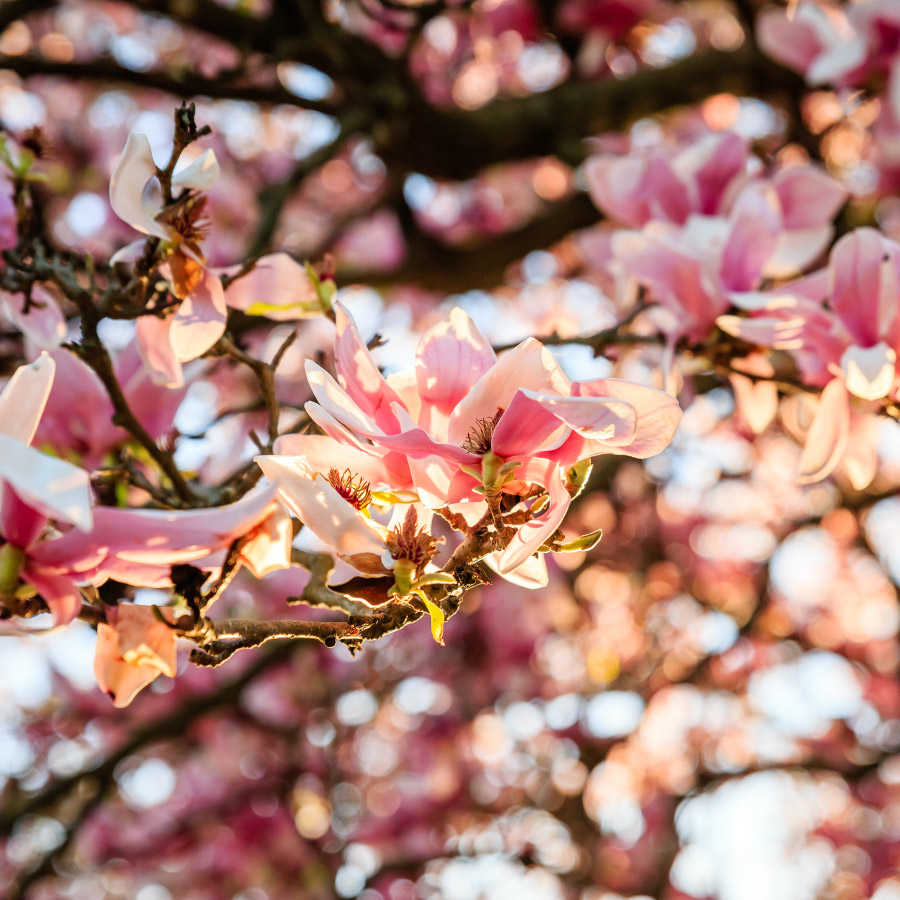Right Tree, Right Place: What to Plant and Where to Plant it
The top 4 questions to ask when selecting a tree.

We see examples of the wrong tree in the wrong place everywhere:
- The oak under the utility line pruned into a giant “Y”
- The maple that buckles the sidewalk because it was planted too close to the road
- The hickory planted to shade a driveway that drops nuts onto cars parked beneath
- The willow planted too close to plumbing, its roots constrained by underground pipes
The list could go on and on. Choosing the right place to plant is critical to the long-term health of a tree. Consider your options carefully before picking up a shovel.
The most important option is, of course, the tree itself. Deciding which kind of tree to plant can be overwhelming. There are so many different options and factors to consider. So where do you even start?
what is the goal of the tree?

People often think of the aesthetics or cost of the plant first, but we recommend starting with a broader question: what is the goal of the tree? For example, do you want the tree to provide shade, or are you trying to create a privacy row? Do you want it to be an ornamental feature near a house or a tree for children to climb in the backyard? Once you’ve determined the goal, you can start thinking about site conditions.
what are the planting area’s soil and light conditions?

When choosing a species of tree, consider the ground and the light. Is the ground in the area often soggy or arid? Some trees prefer drier conditions while others like moist soil. What are the properties of the soil itself? If it’s mostly clay, you may want to condition the soil before you plant or look for a tree that is tolerant of poor soil. How much sun does the area get throughout the day? Most trees prefer full or partial sun, but certain trees flourish in the shade.
how big will the tree be at maturity?

Look to the future and consider: how much room will the tree have to grow in the area you have selected? Most trees are still saplings when they are planted, but picture the tree’s full-grown size. Is there anything that will get in the tree’s way like a house or utility line? Position your tree so that there is space all around with no obstacles to restrict canopy growth.
Don’t forget about the underground. A tree’s roots can spread out even farther than its canopy, so it is essential to think about that space too. Are there underground pipes or a patio nearby that could be damaged by roots? Will the roots be constrained by underground obstacles or the roots of neighboring trees? Be sure to look both up and down – you don’t want to cut down a healthy, mature tree simply because it has run out of space.
what are the secondary benefits of a tree?

You have narrowed down your list of trees to ones that will thrive in the area you’ve selected. Now you can think about specific species and secondary benefits. This is where it gets fun.
For example, if you live in a rural area, you might consider a tree that is deer resistant. Maybe you’re looking for an evergreen tree so that you have year-round color or a tree that has brilliant red leaves in the fall. Perhaps you’d like a tree that flowers in the spring, or one that provides food for squirrels, hummingbirds, and other wildlife. Trees have a multitude of secondary benefits, so you’re sure to find the perfect fit.
Because you’ve taken the time to consider the tree that suits your goal, you’ll have less work to do in the future. Selecting the tree that best fits your location will mean less care in the long run. You will also have given your tree the best chance at a long and healthy life.
If you have any questions about choosing the right tree or if you are looking for a specific recommendation, send us a message. Healthy trees, happy people begins when you get the right tree in the right place.


